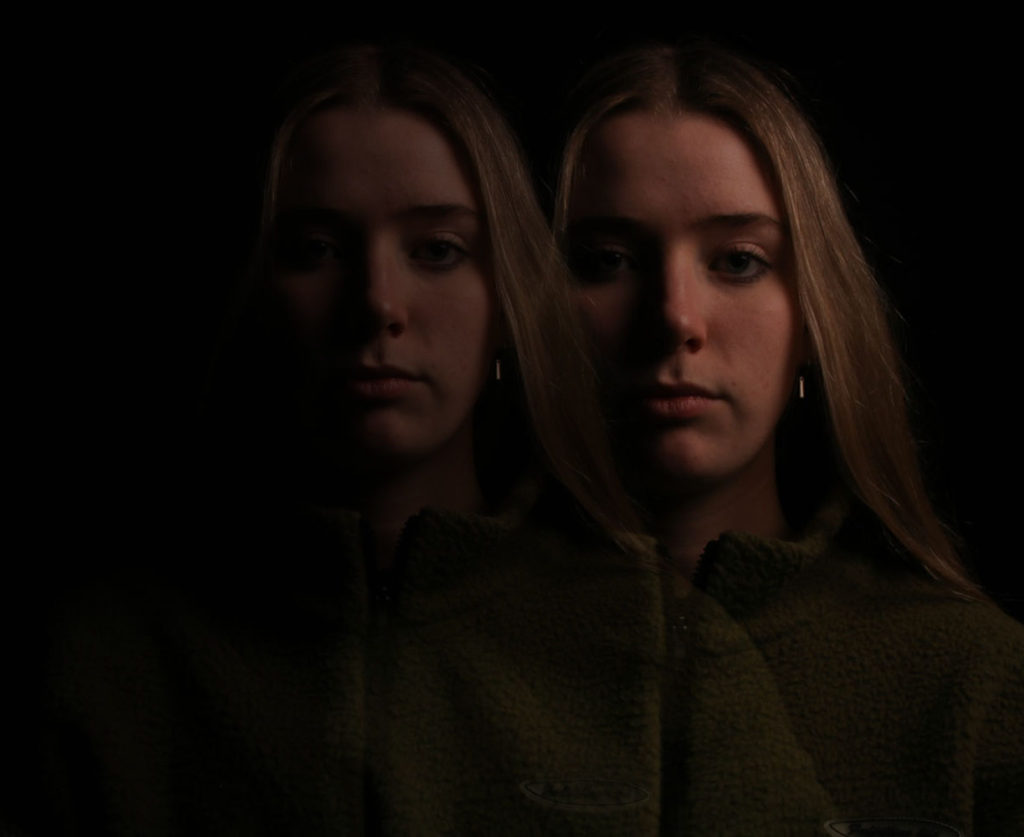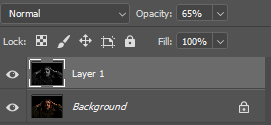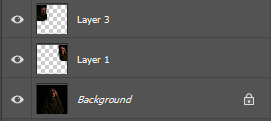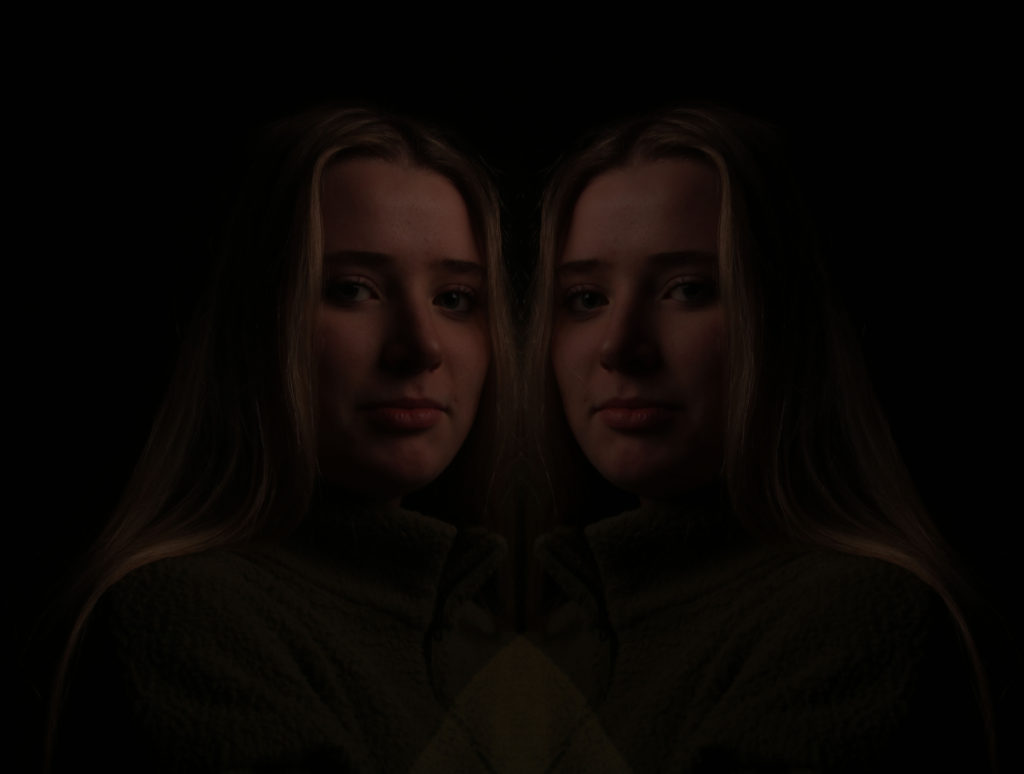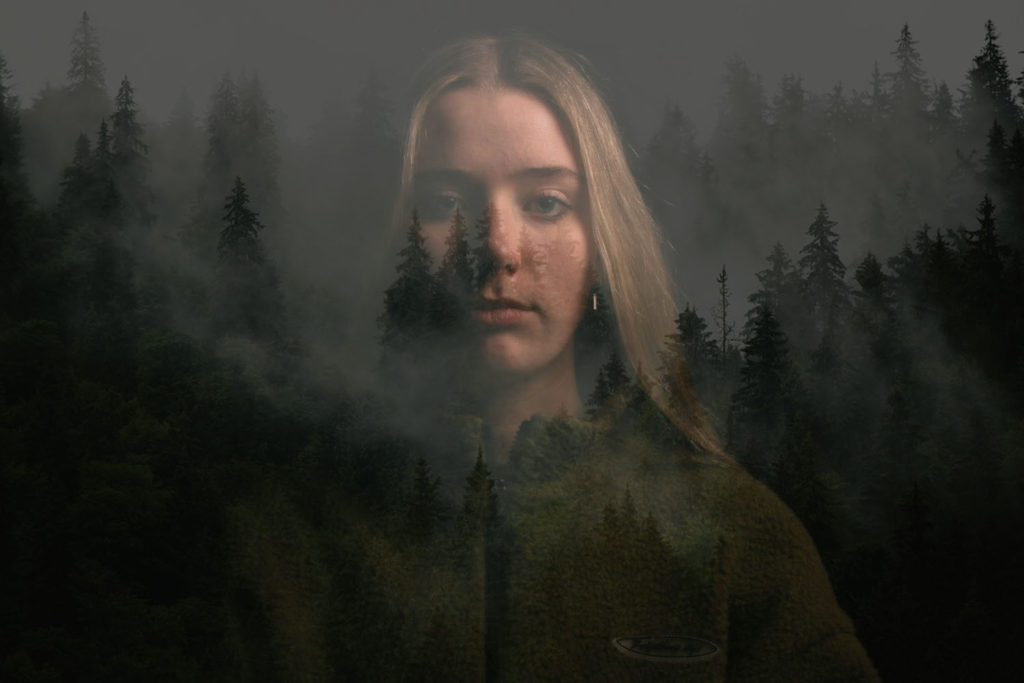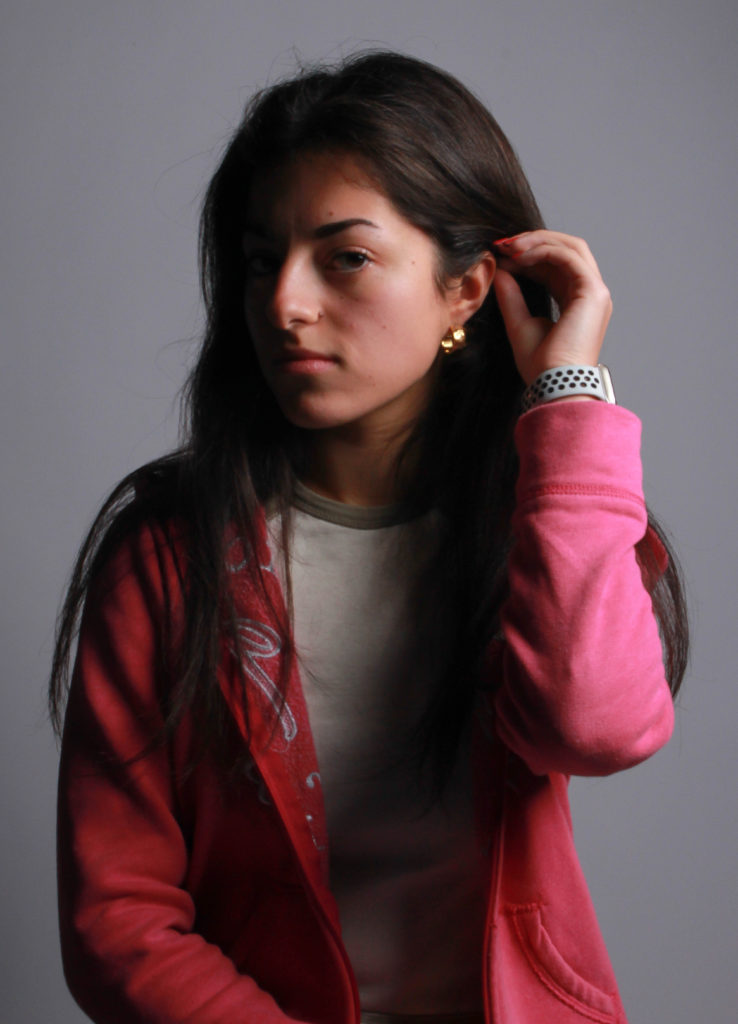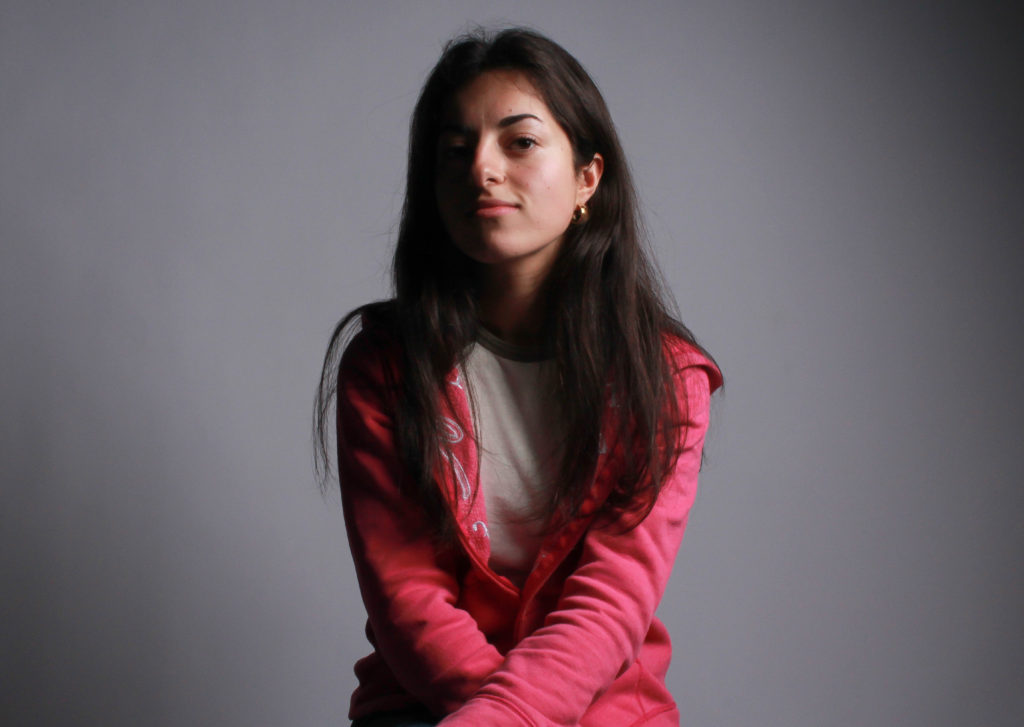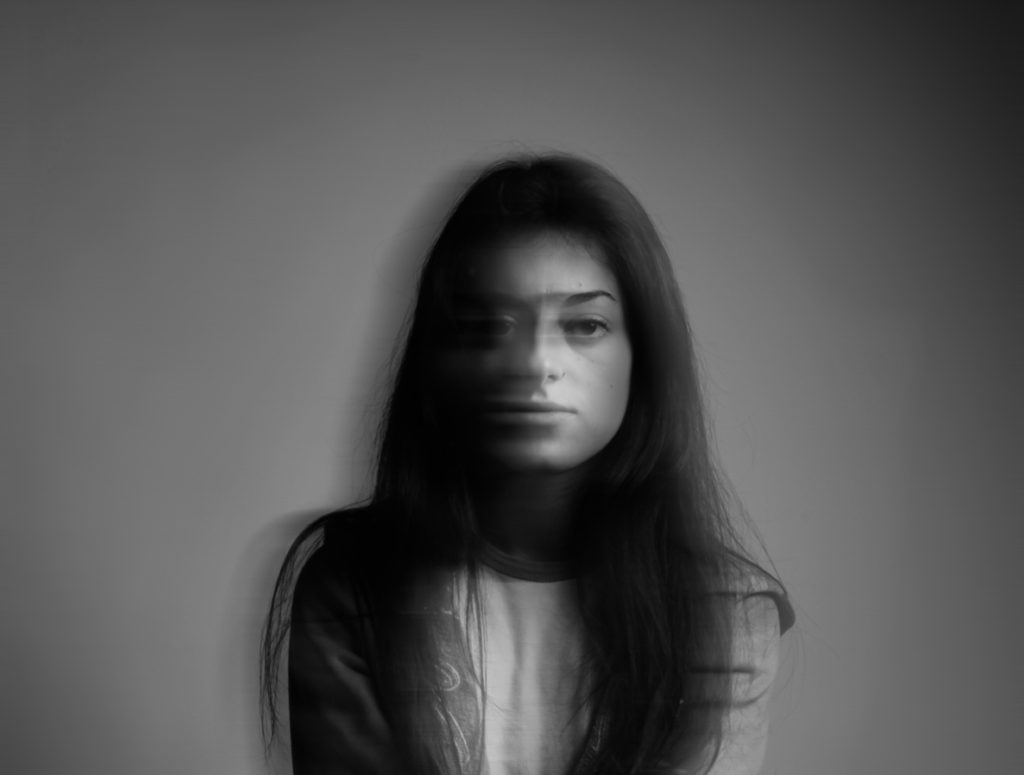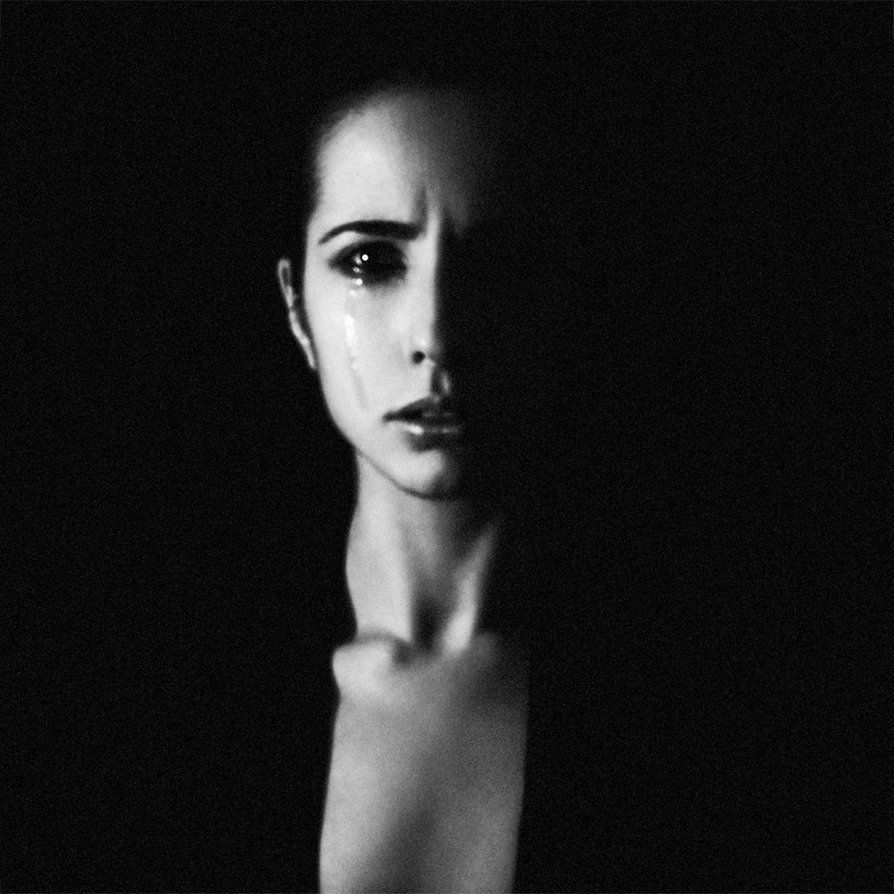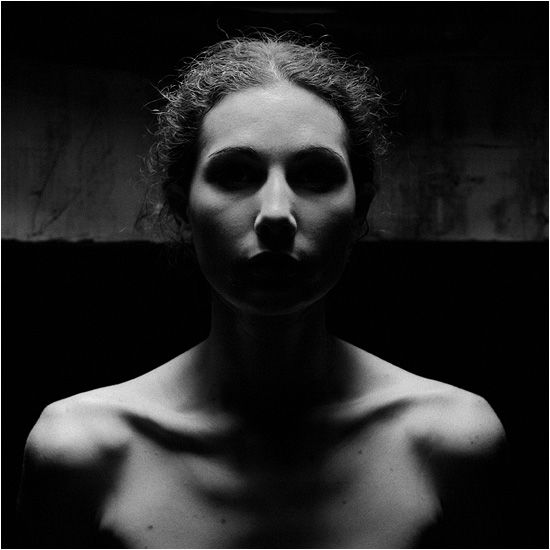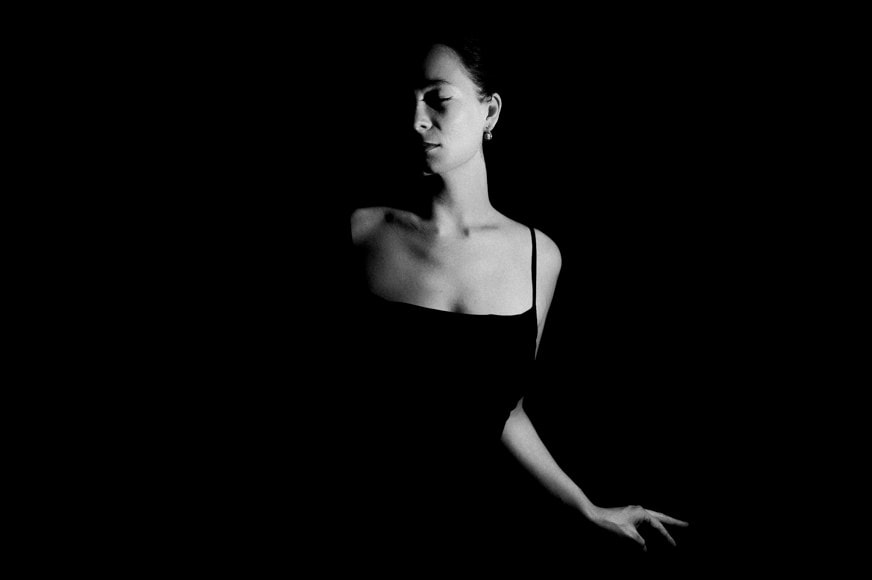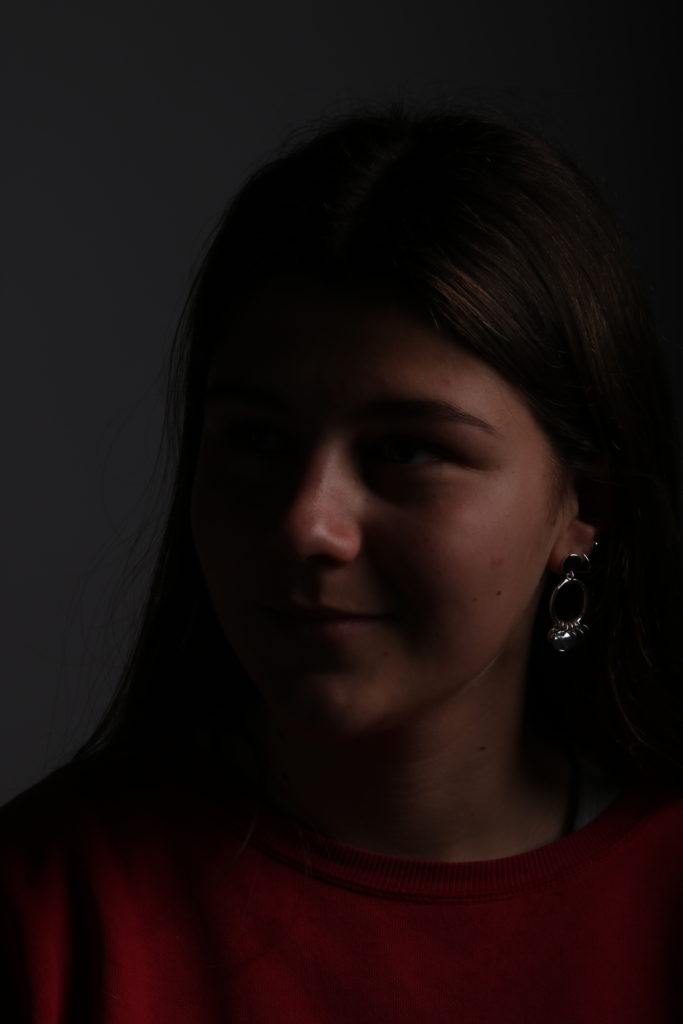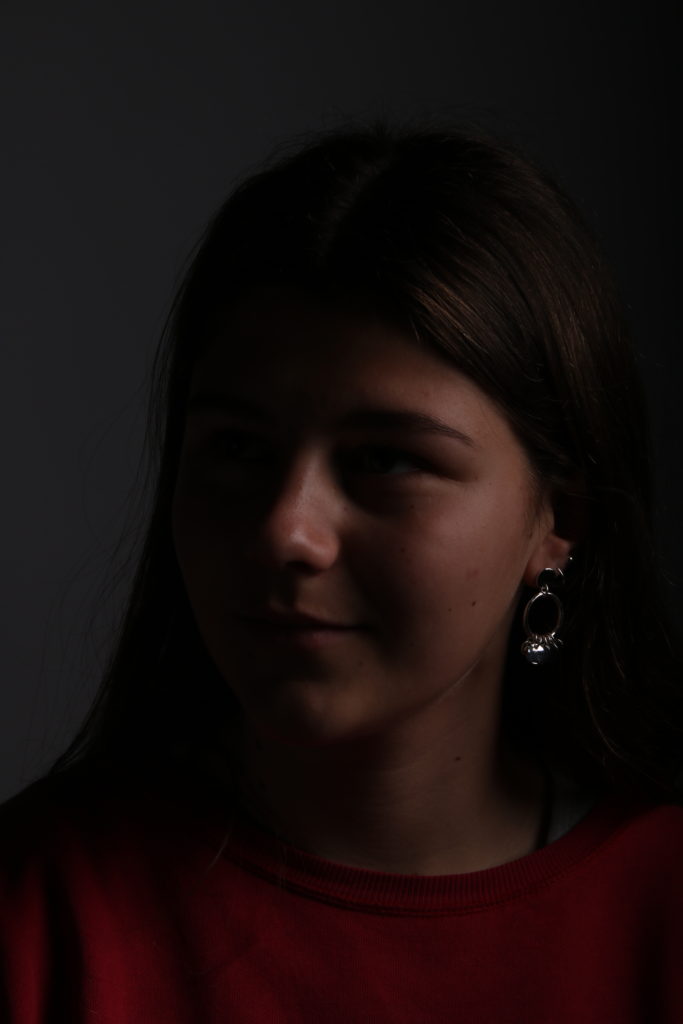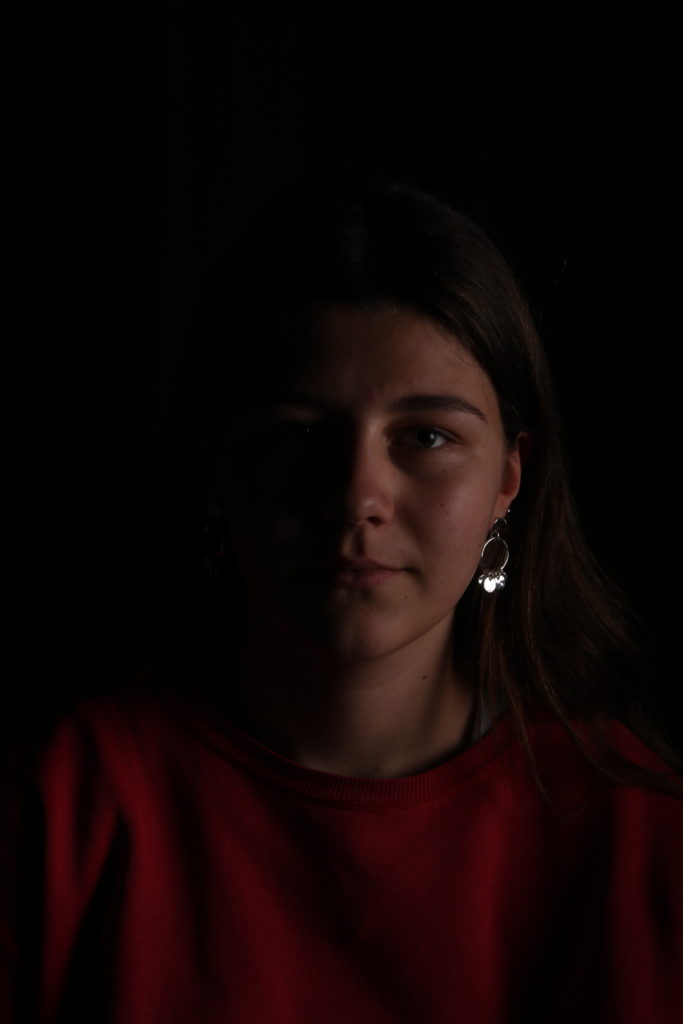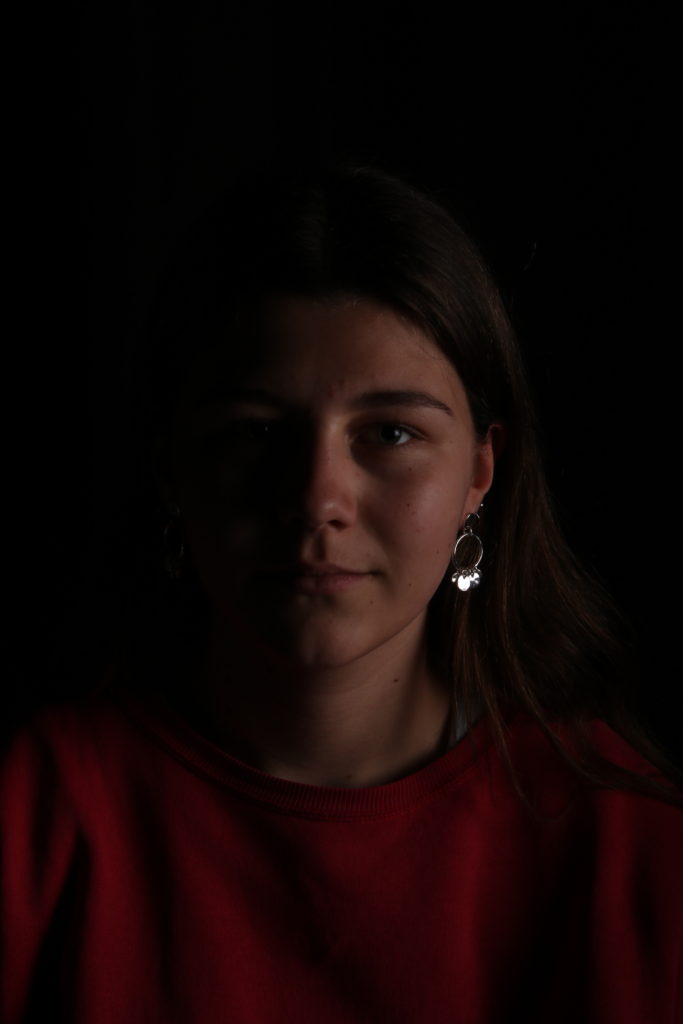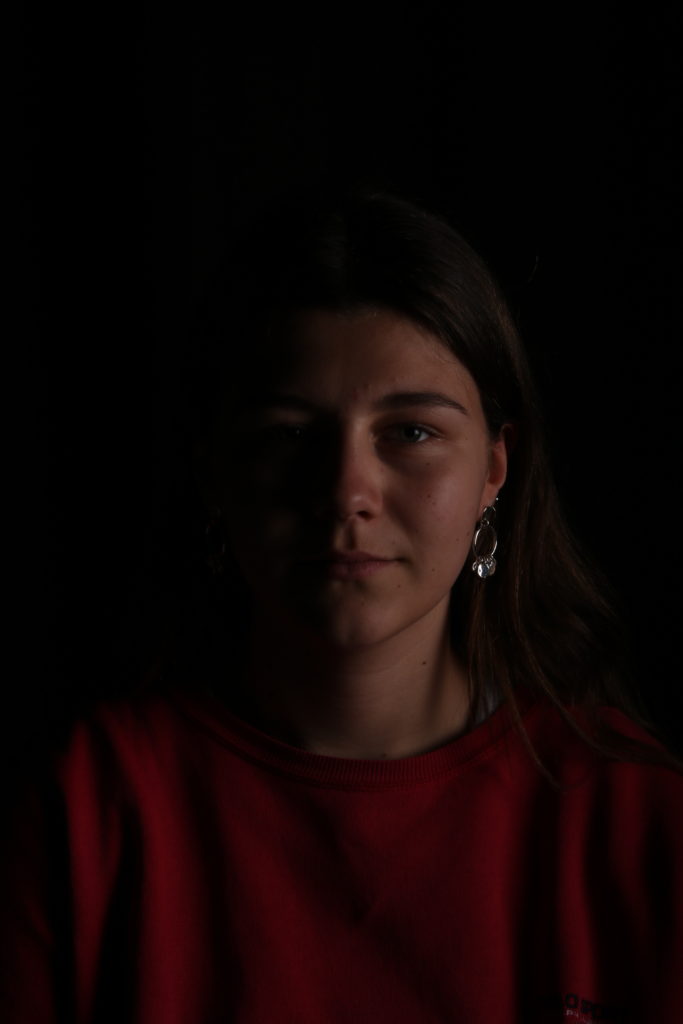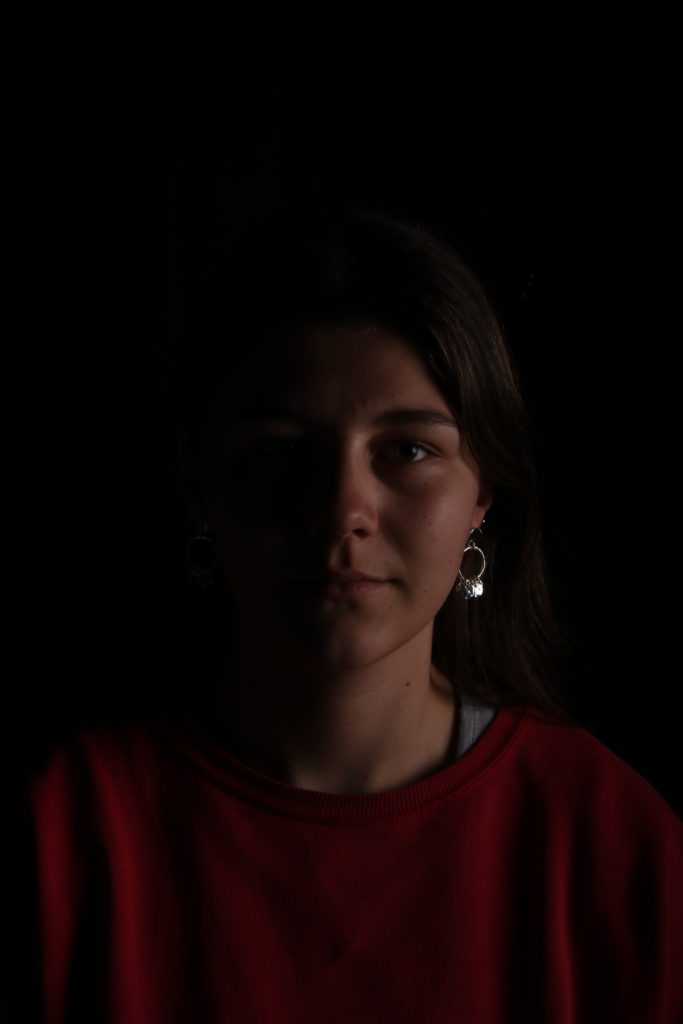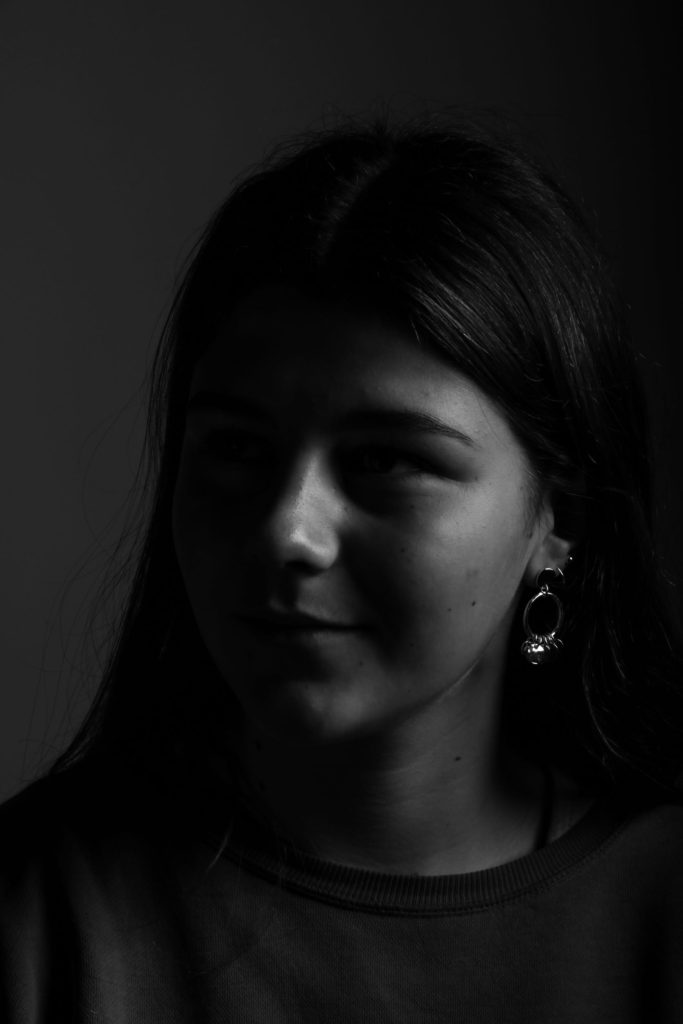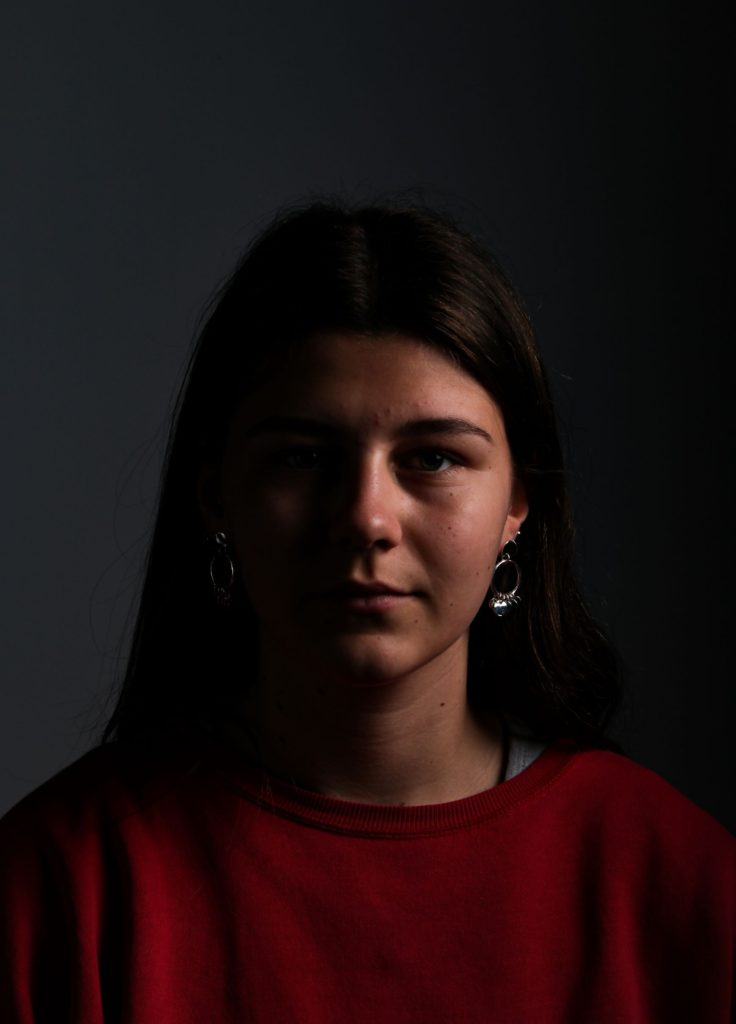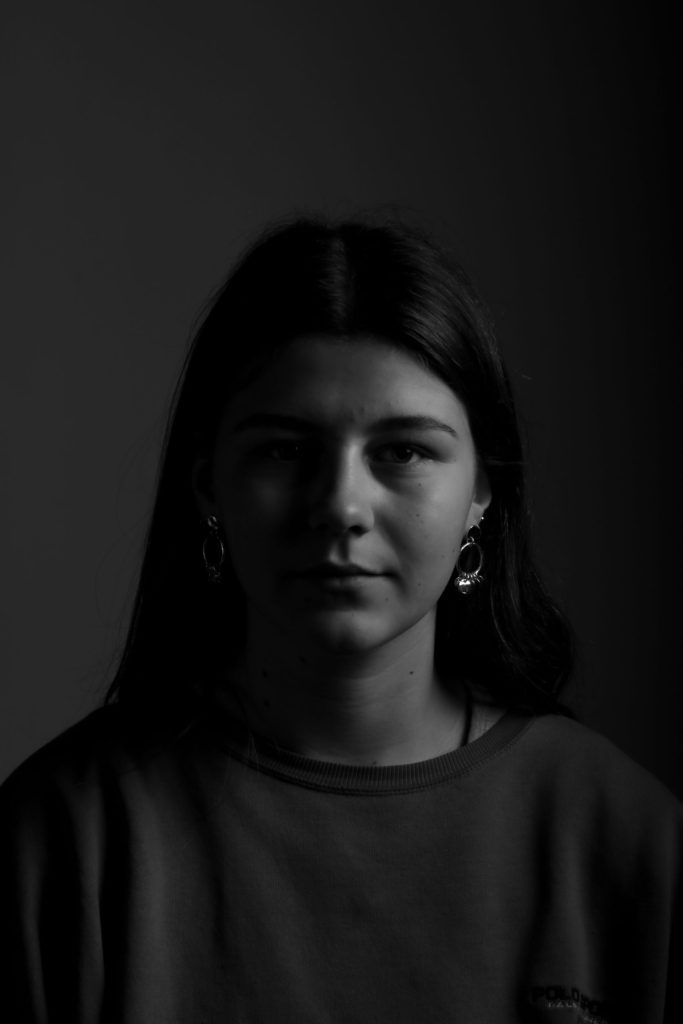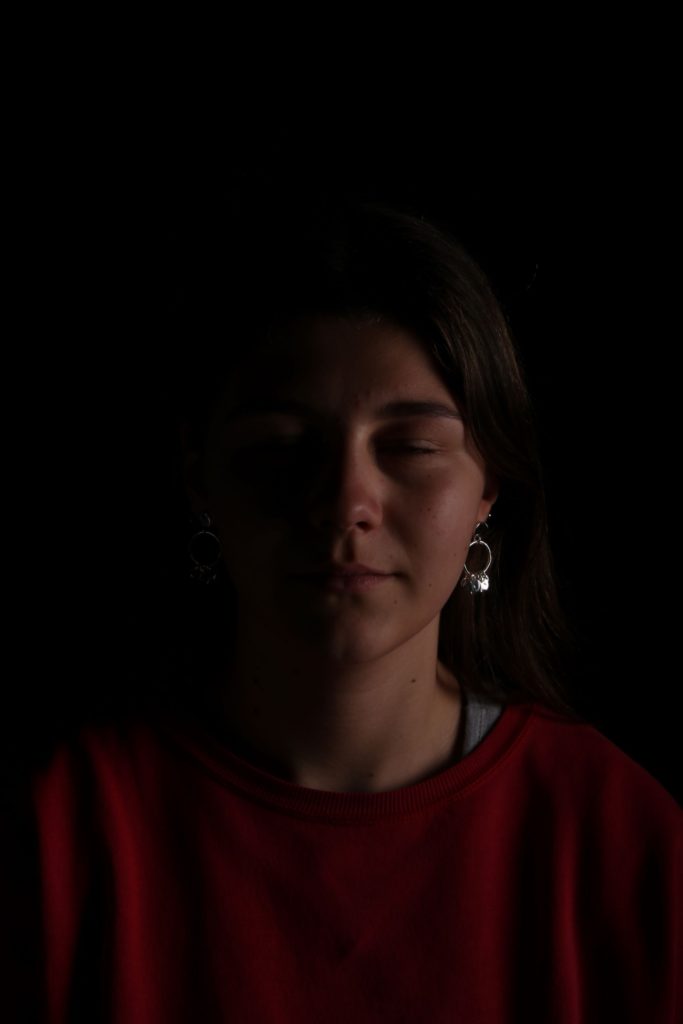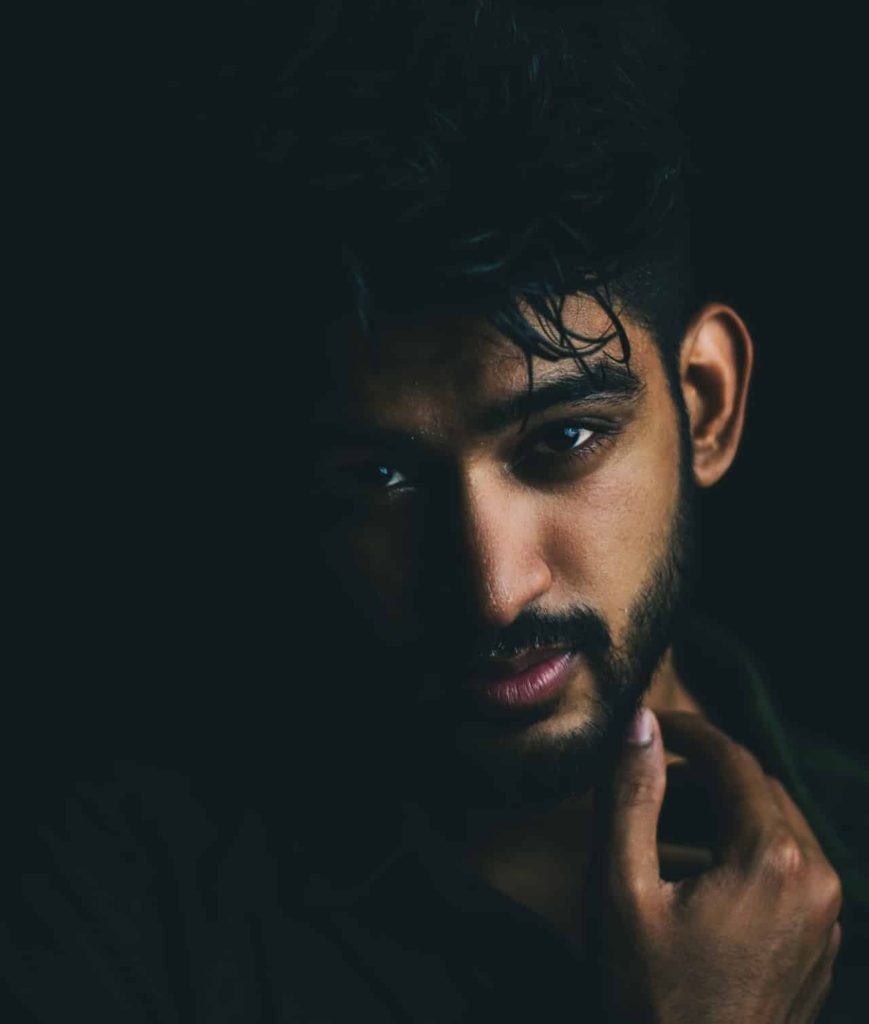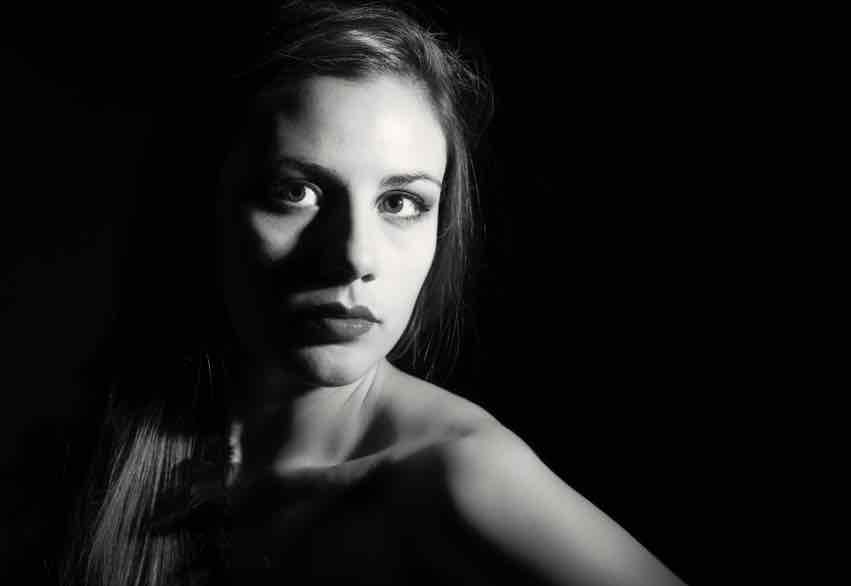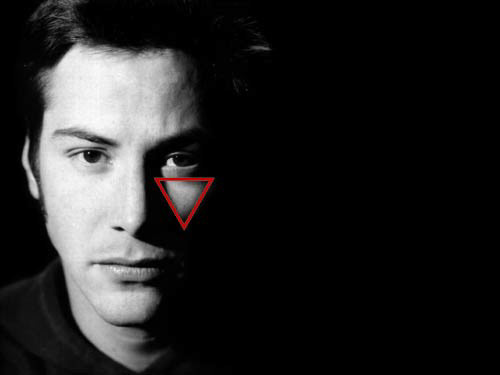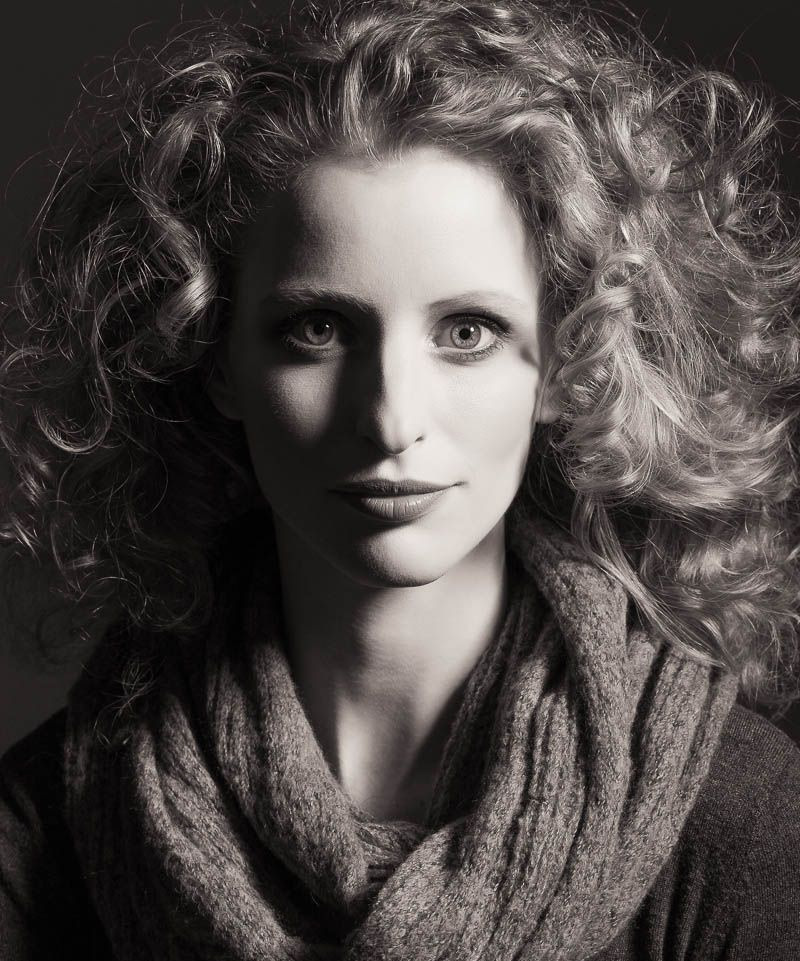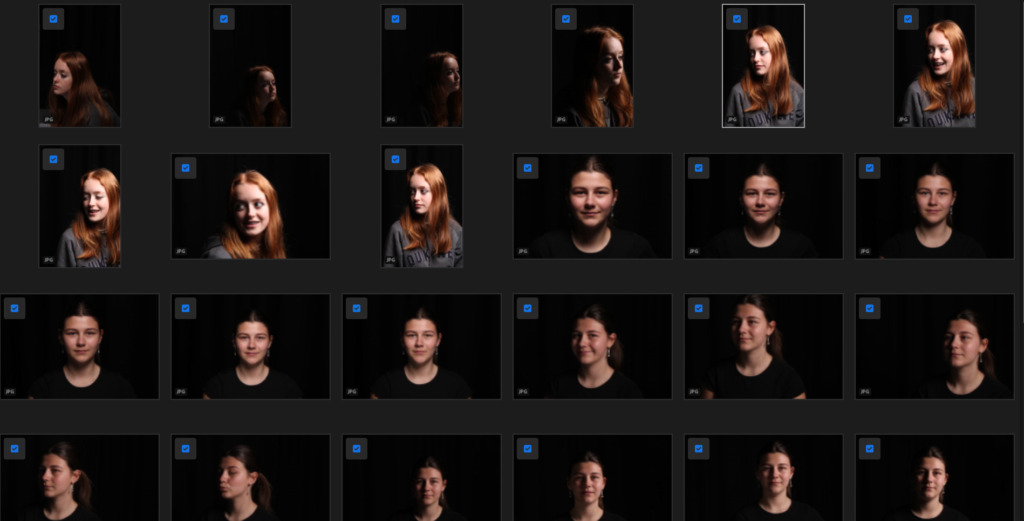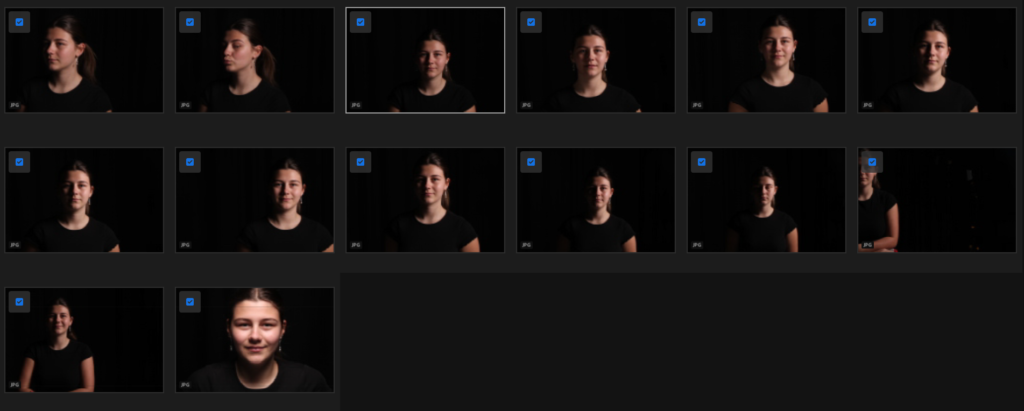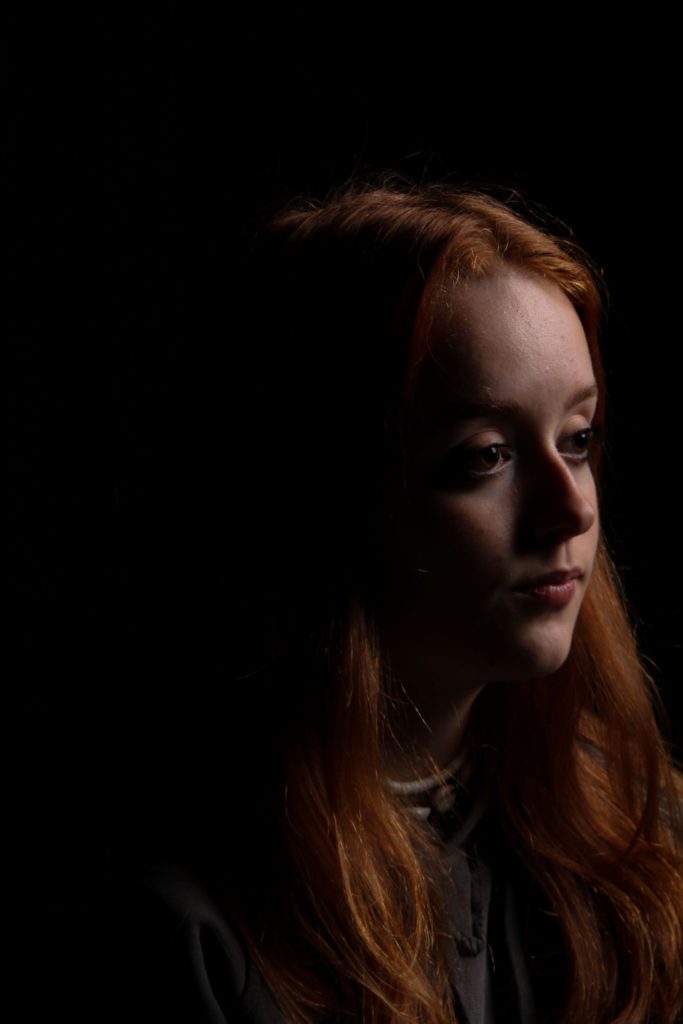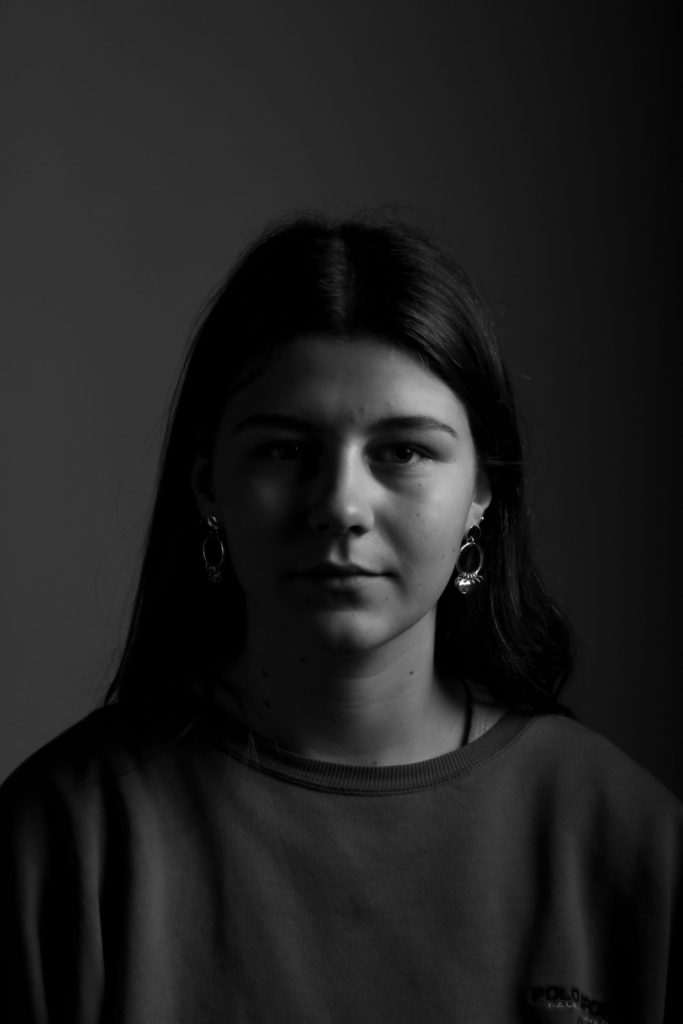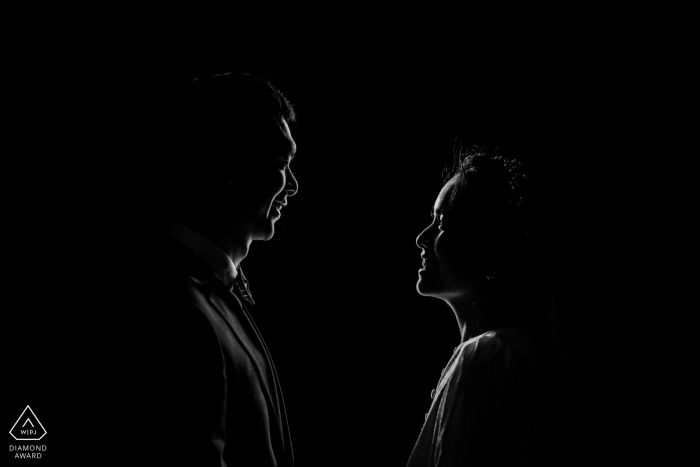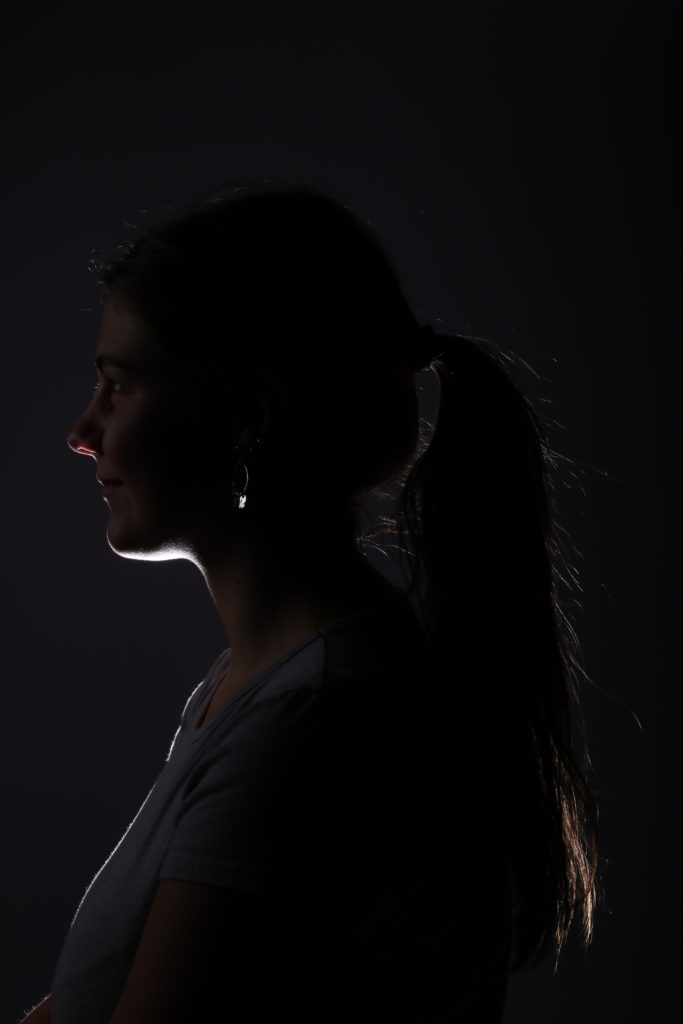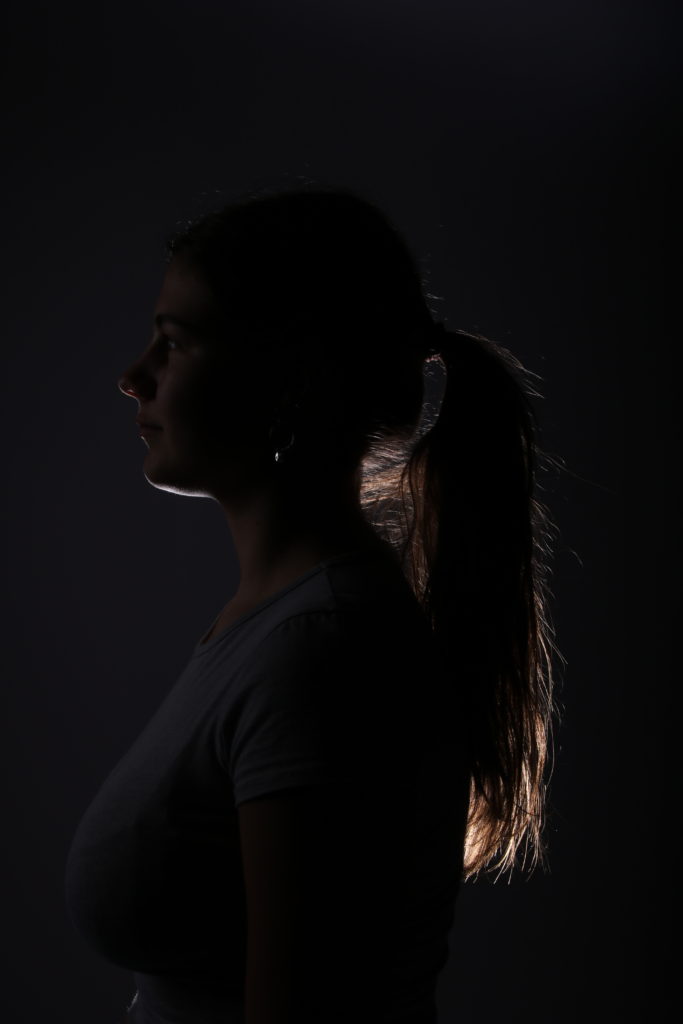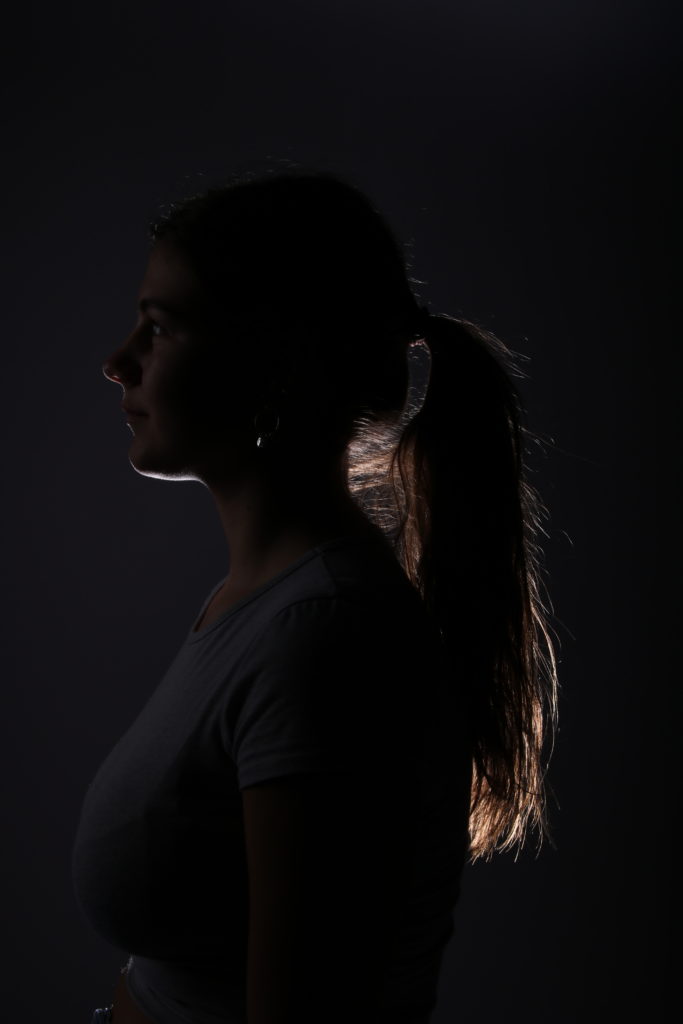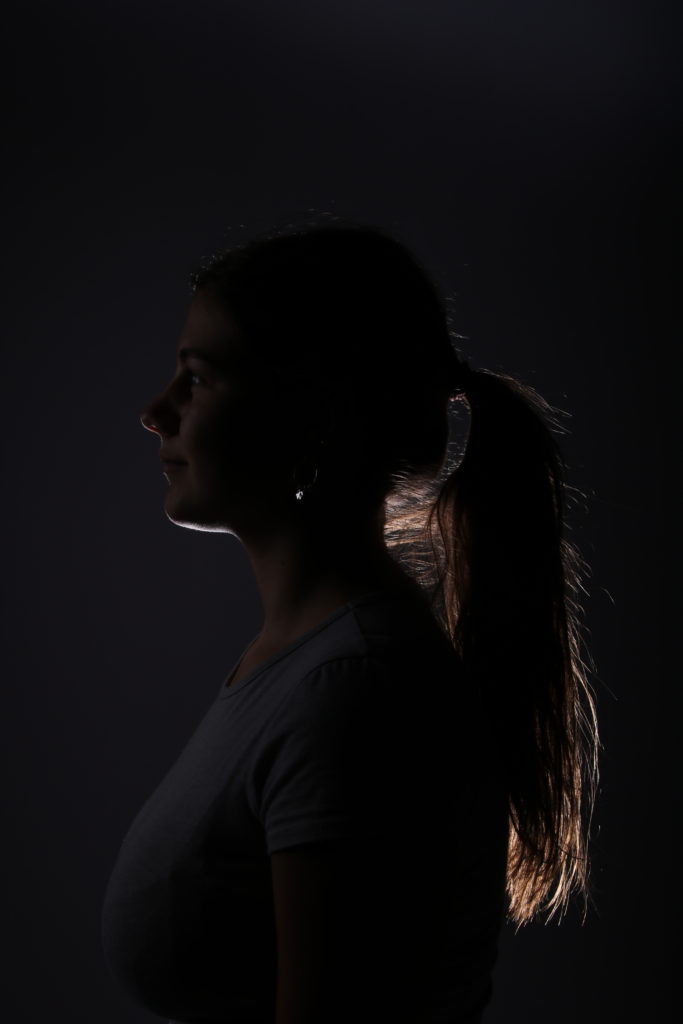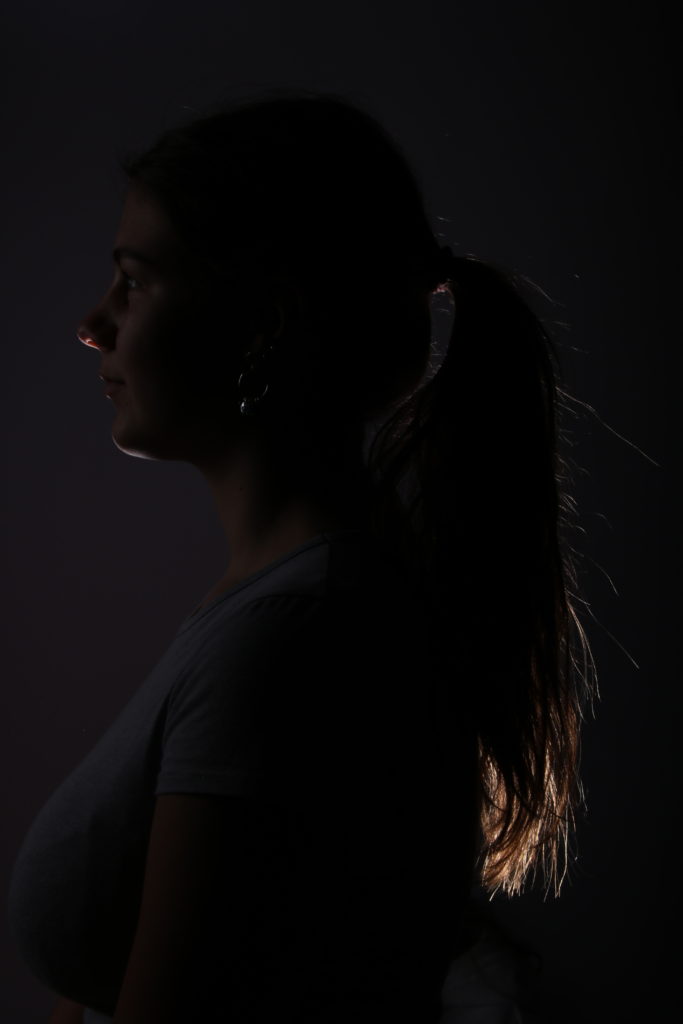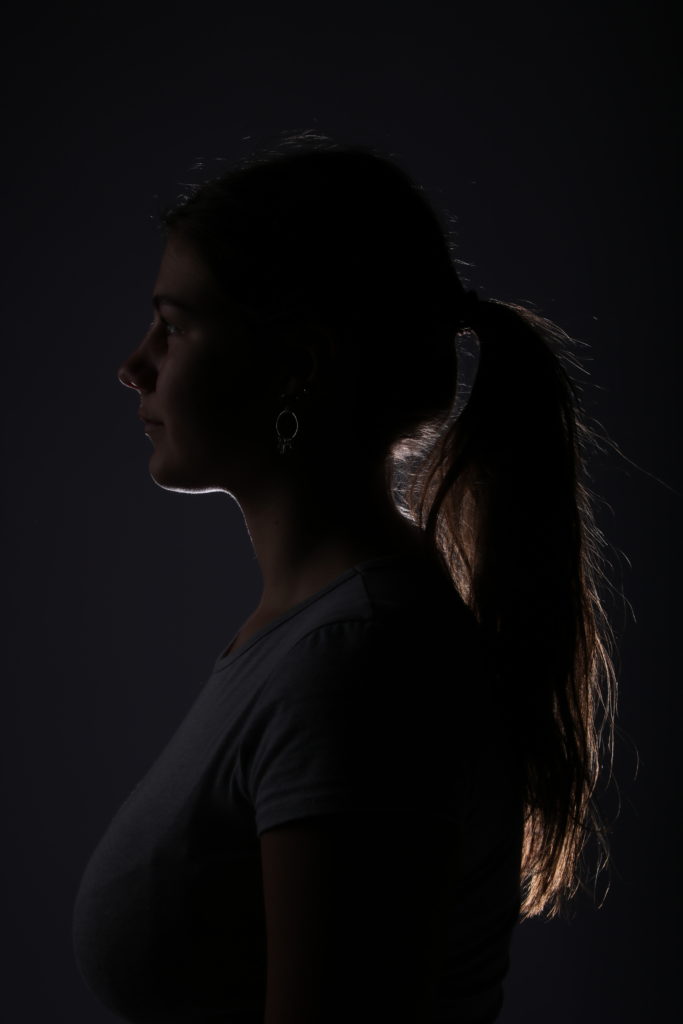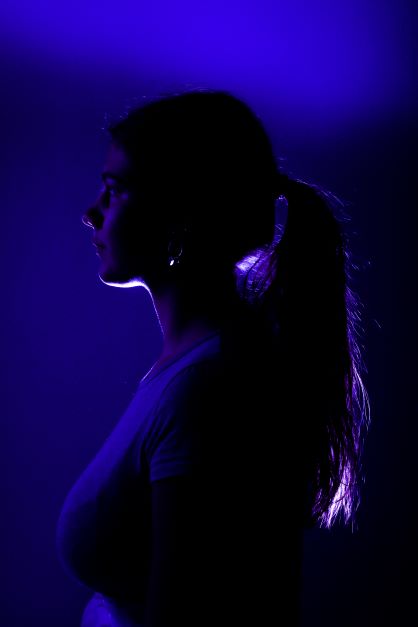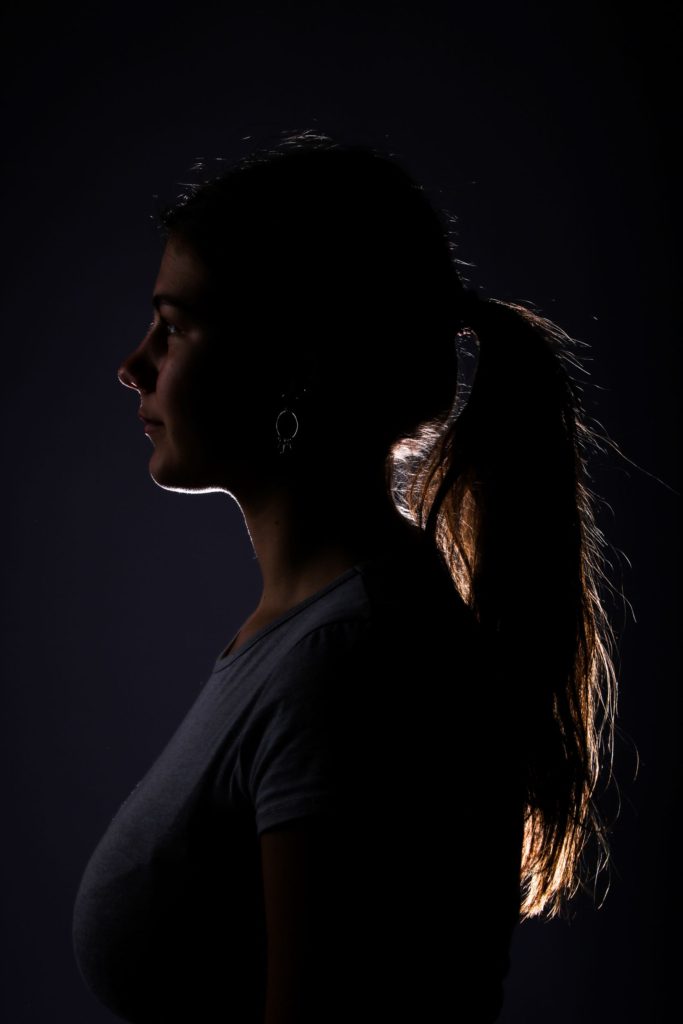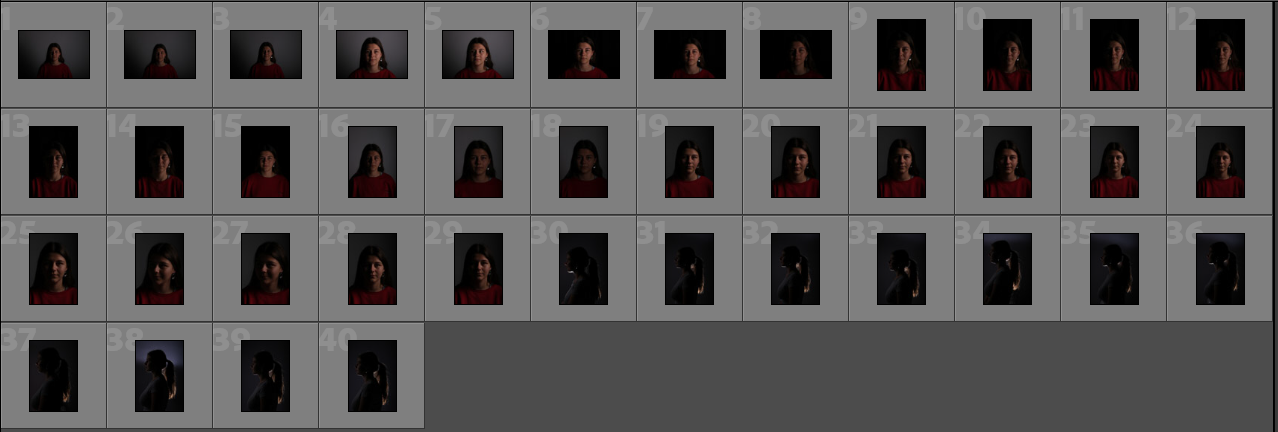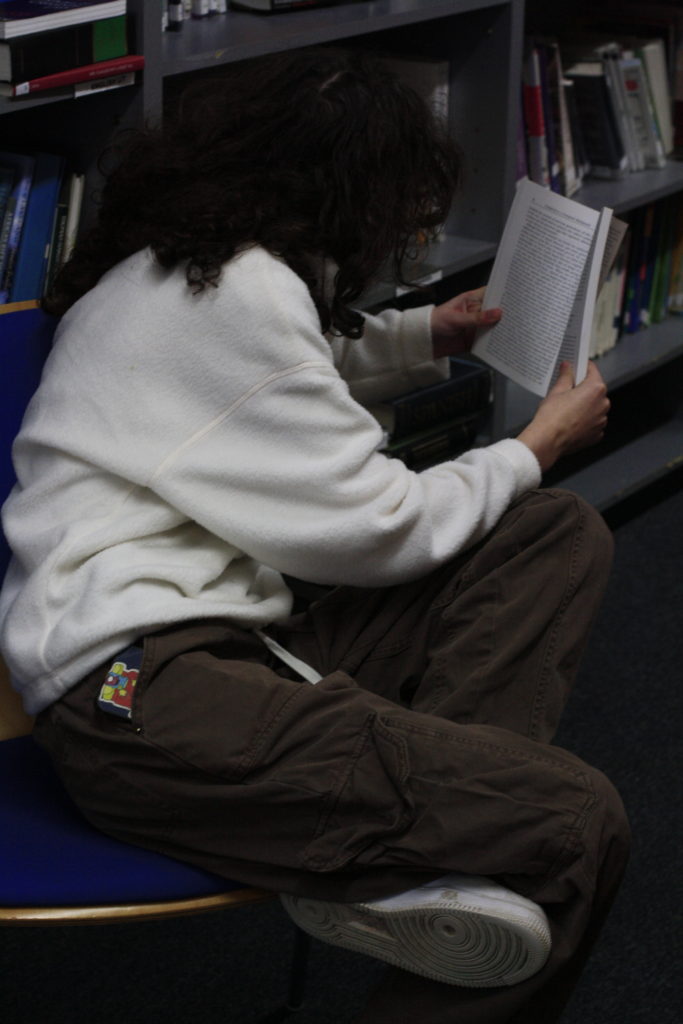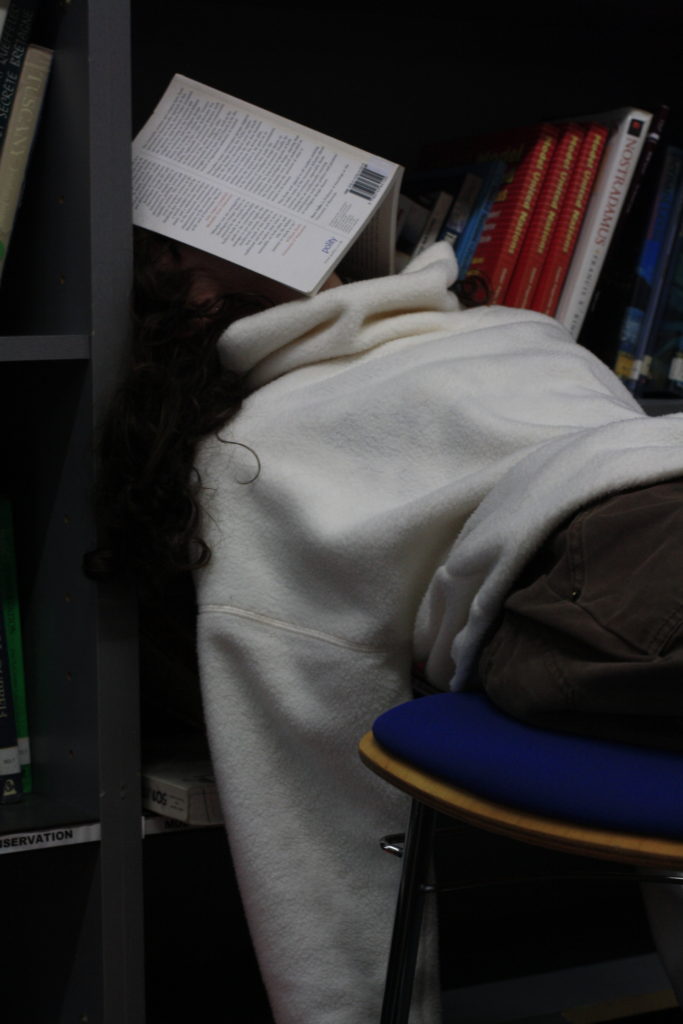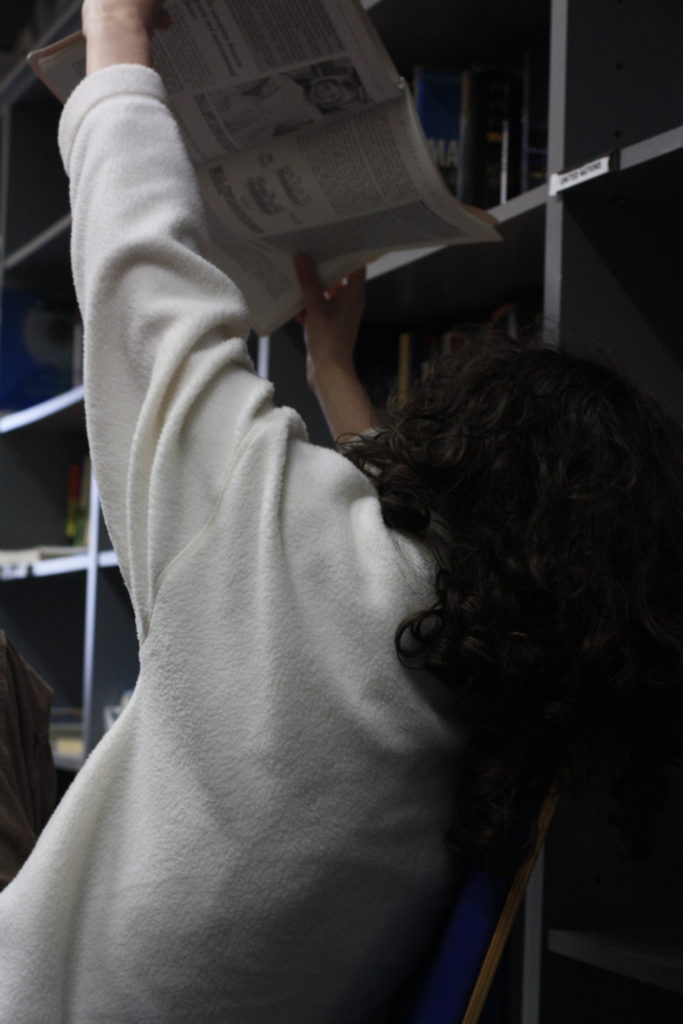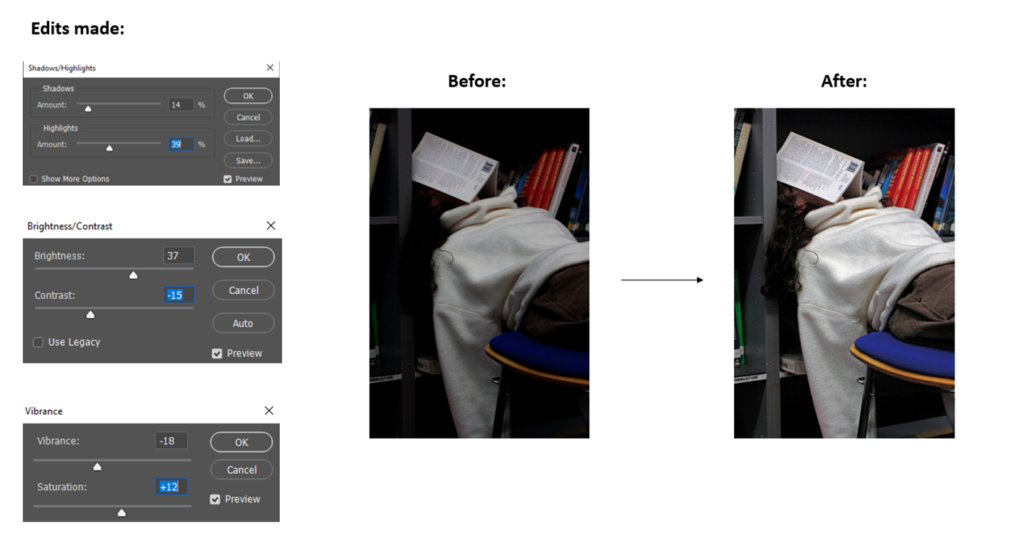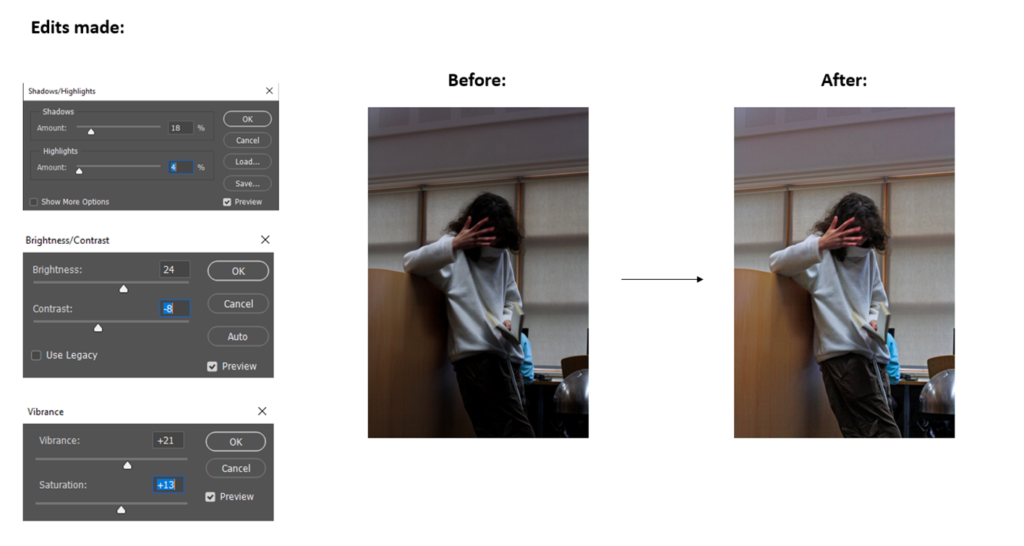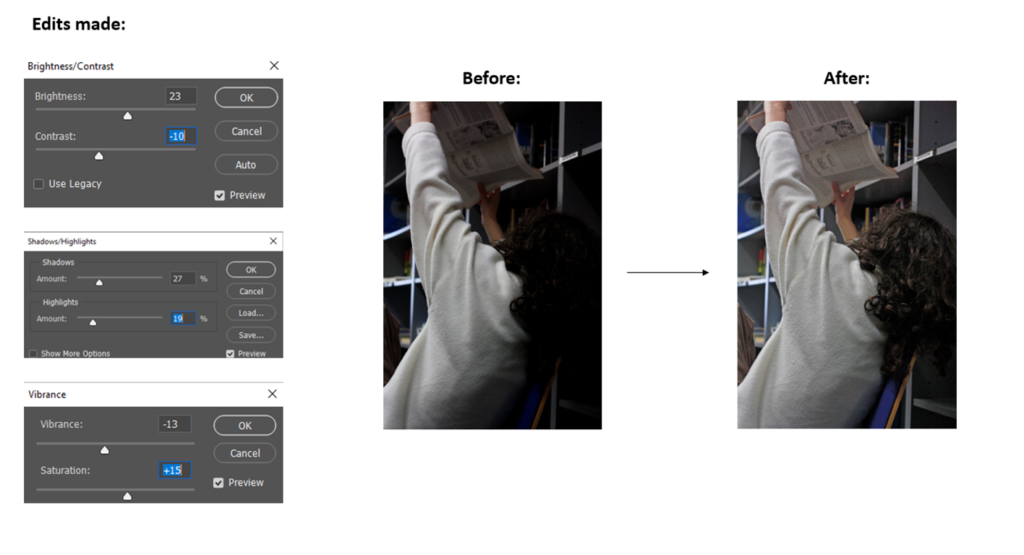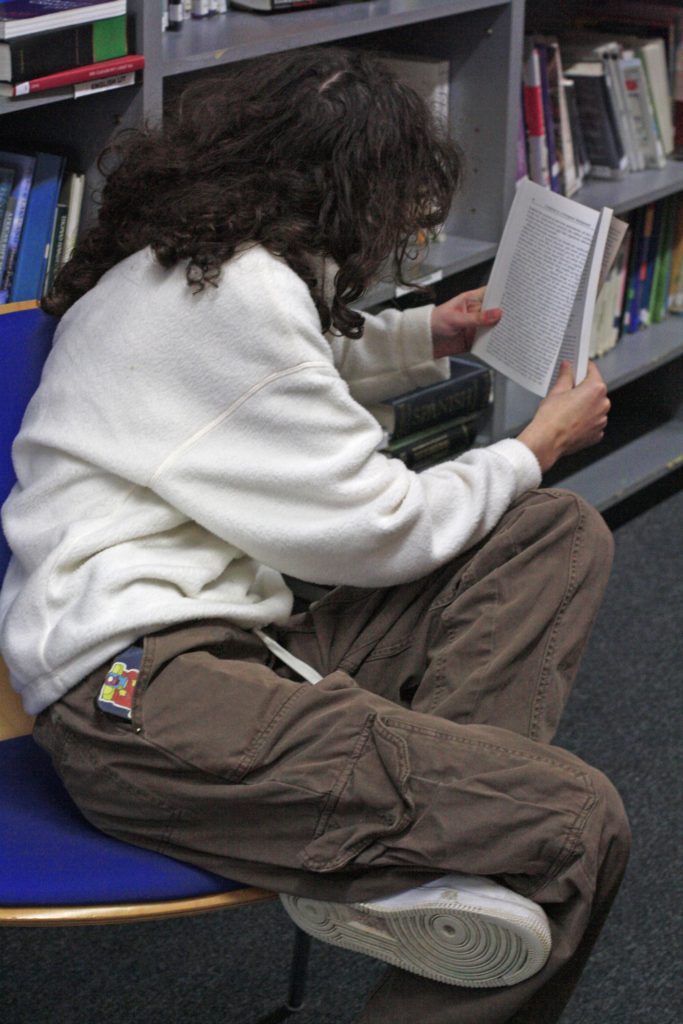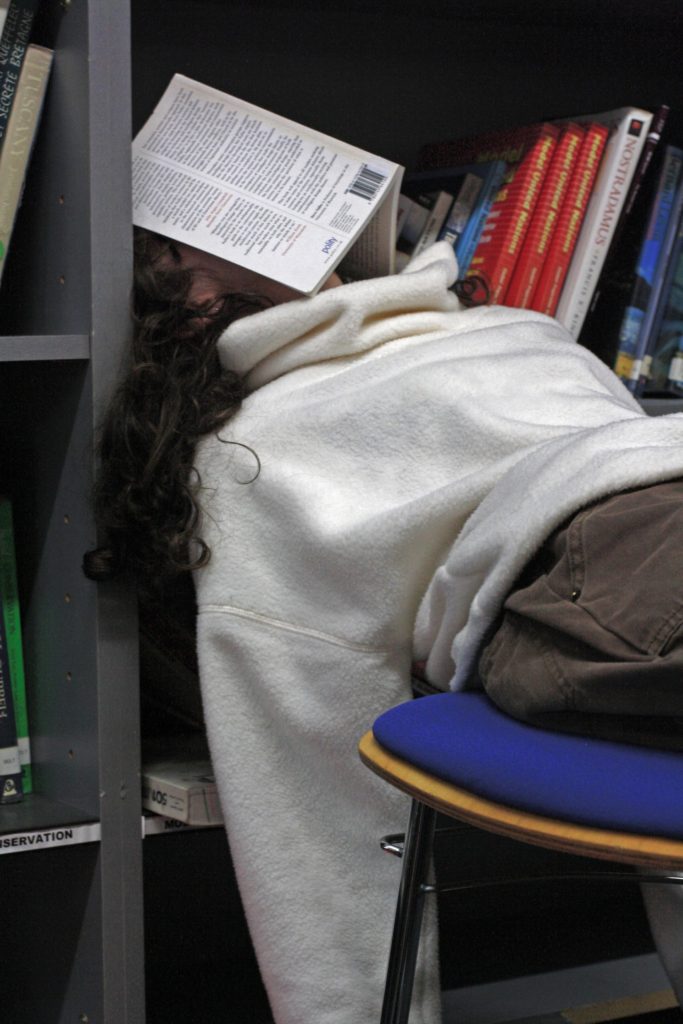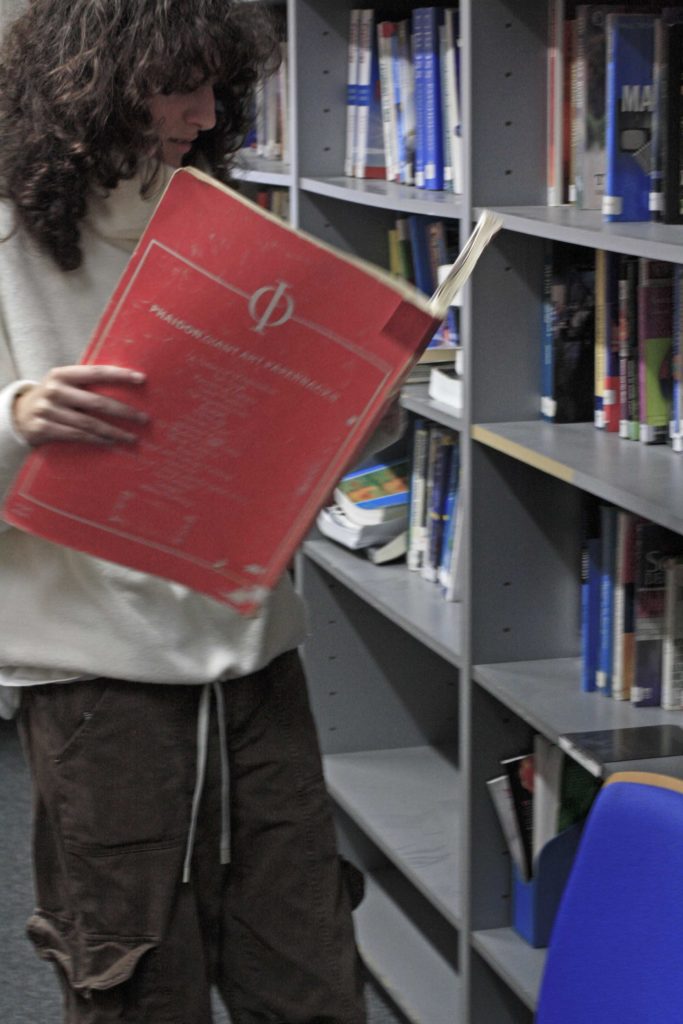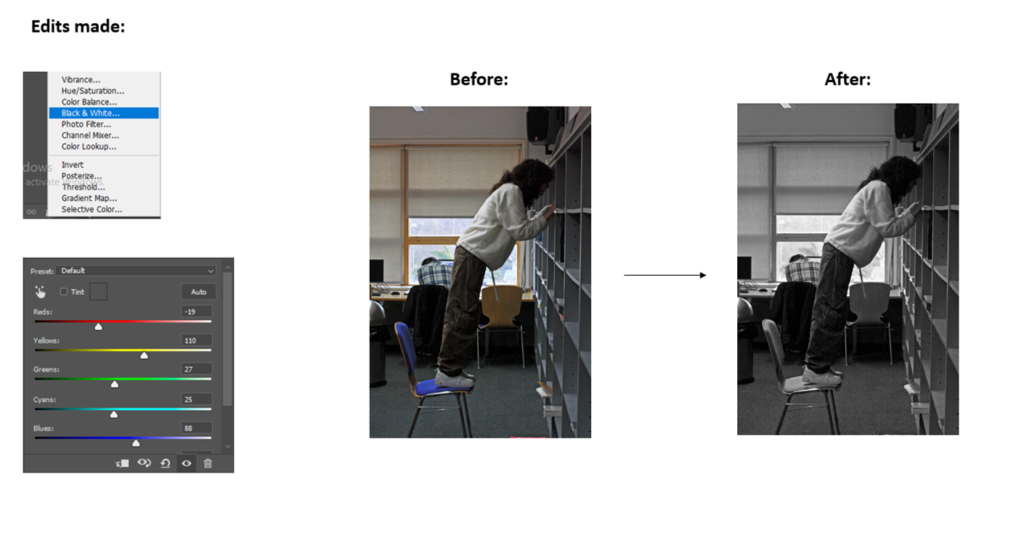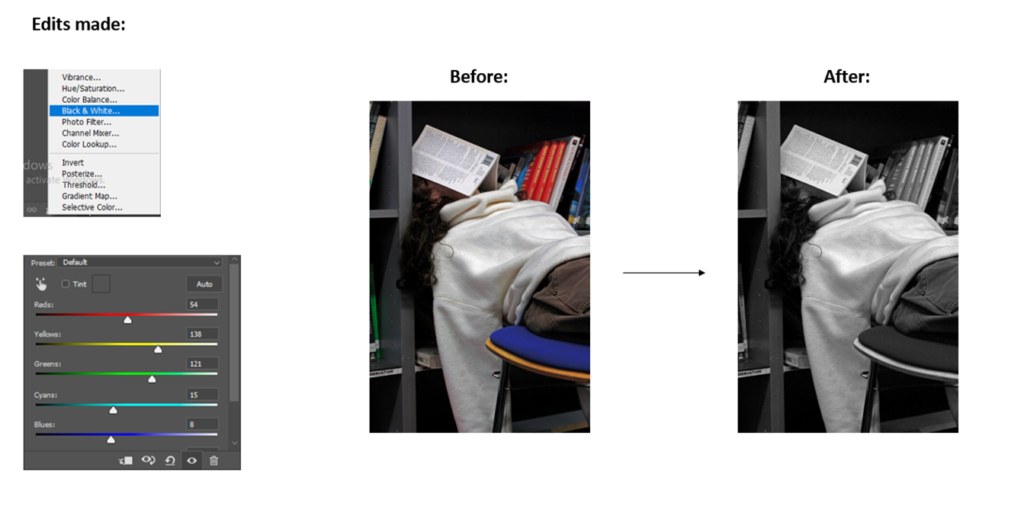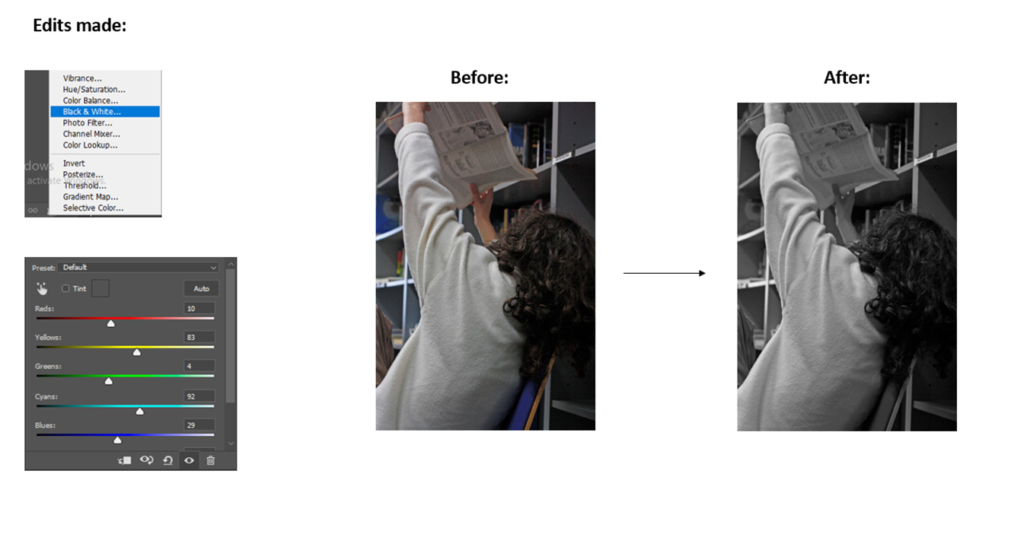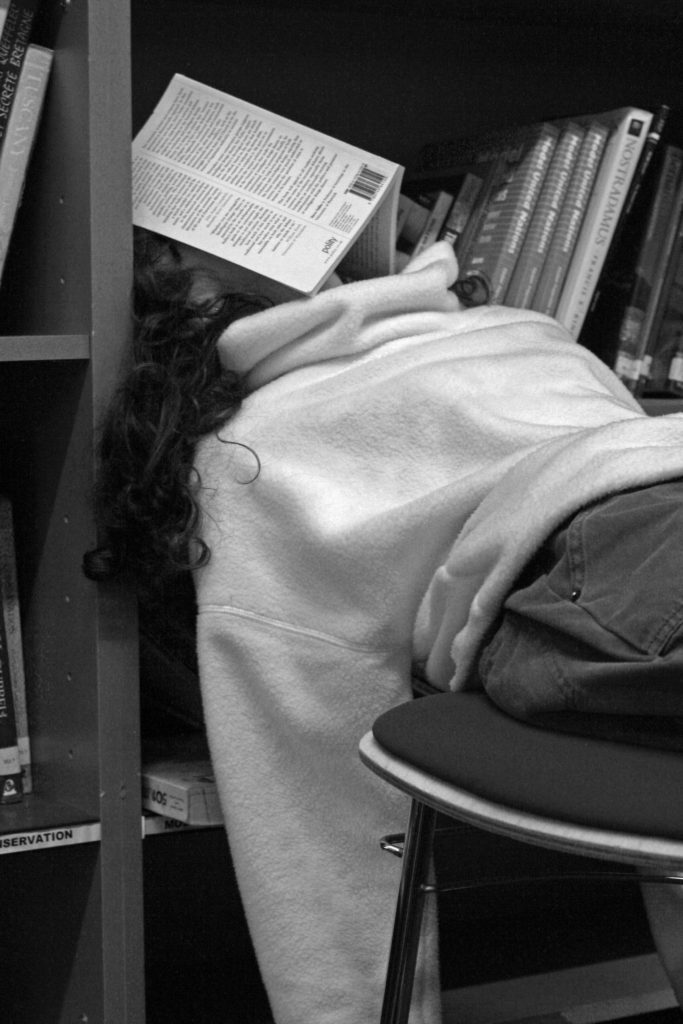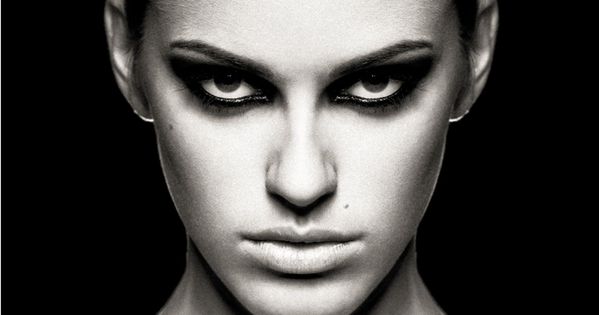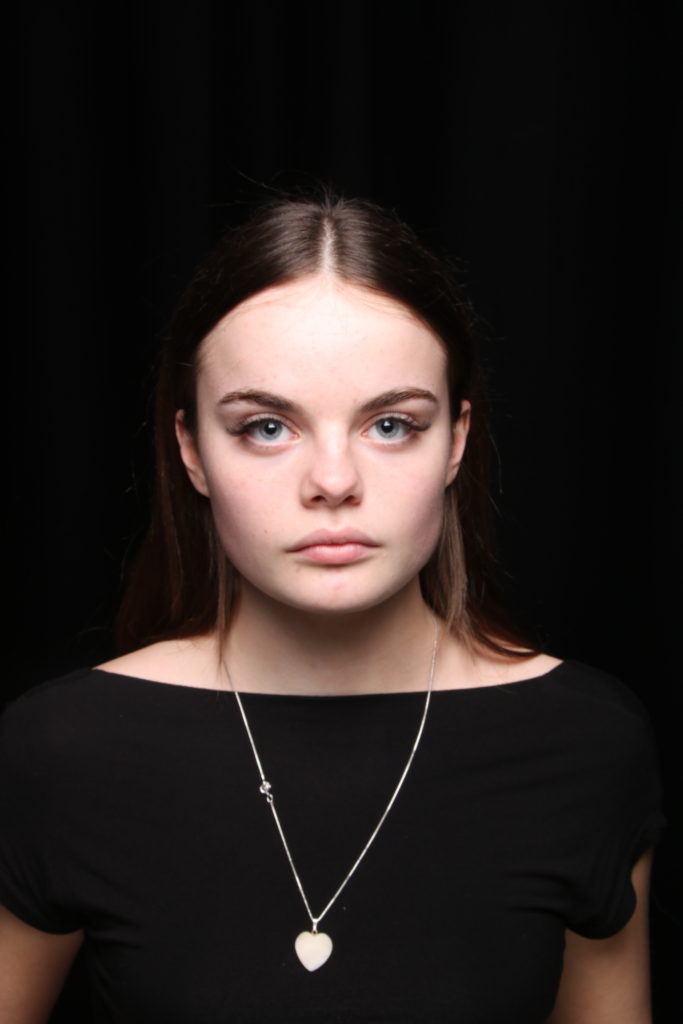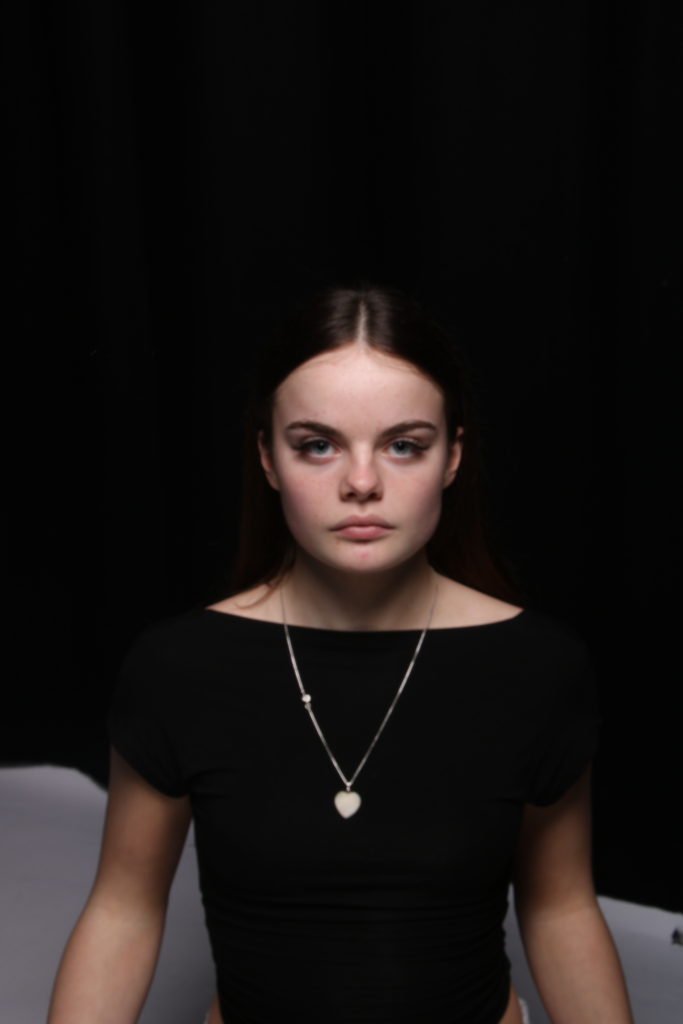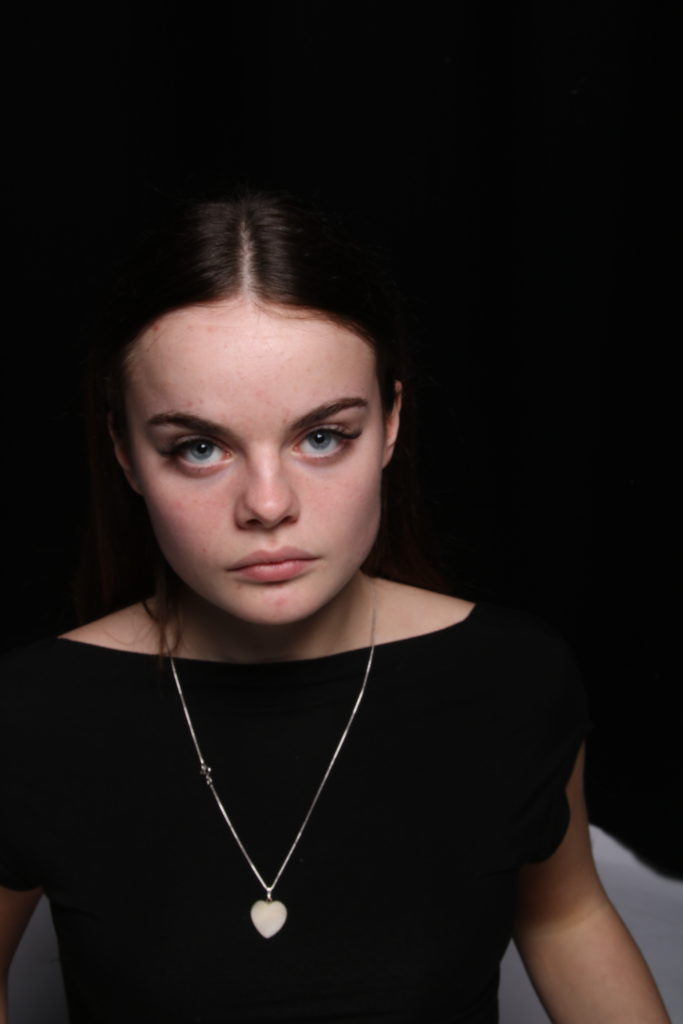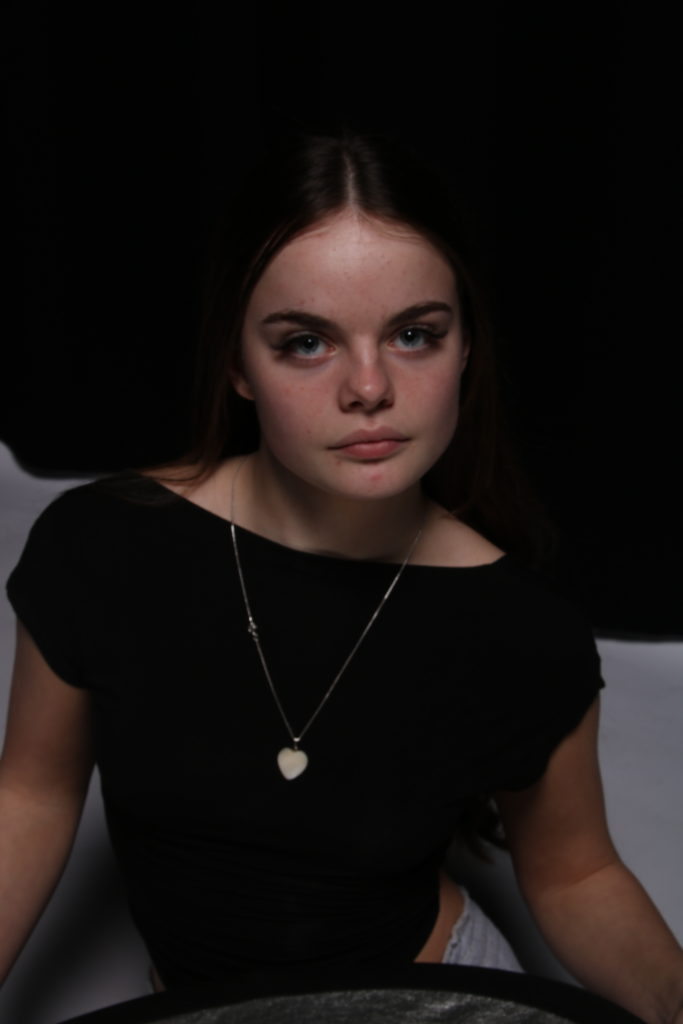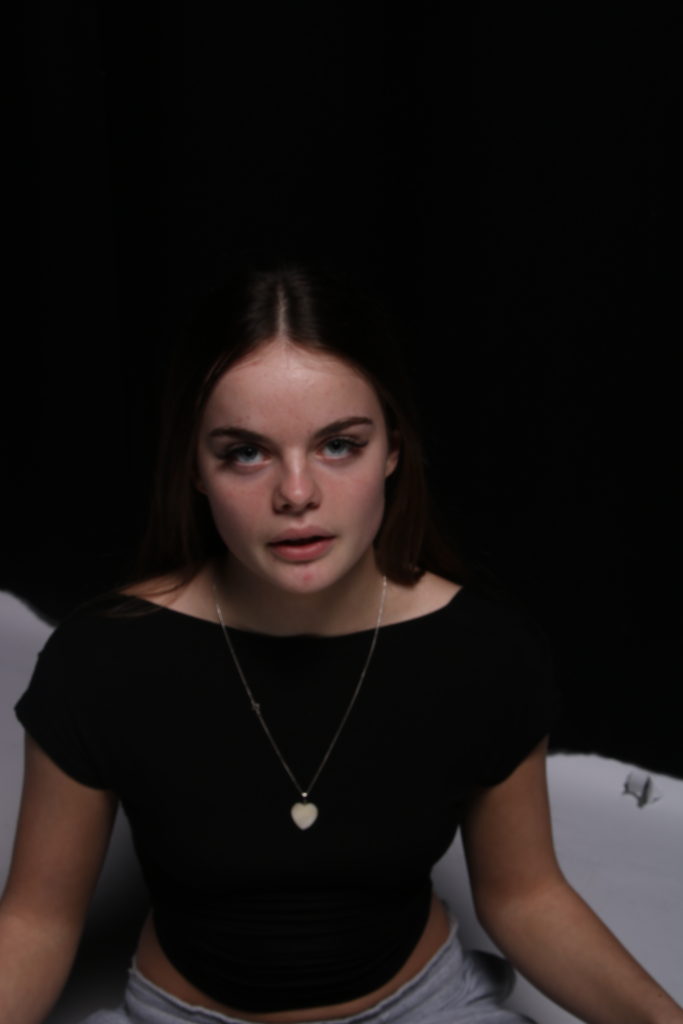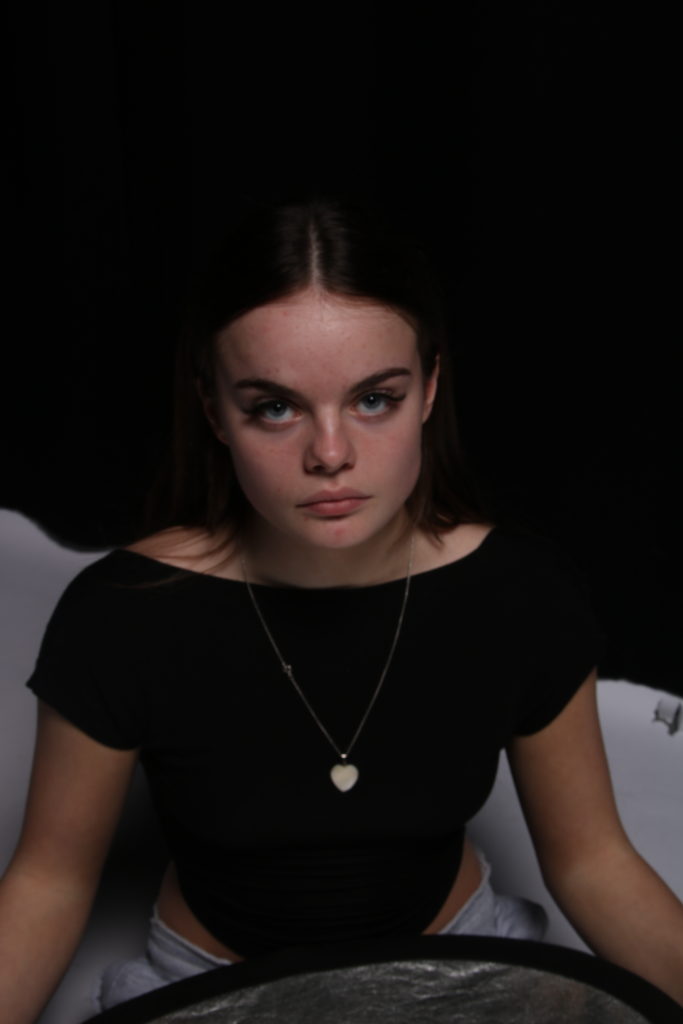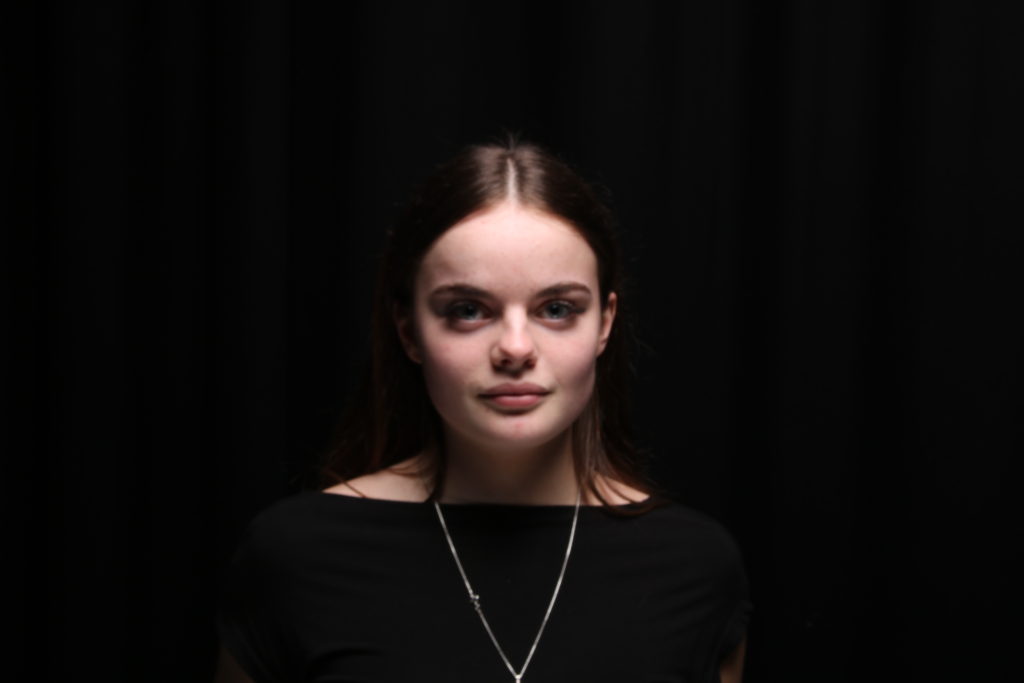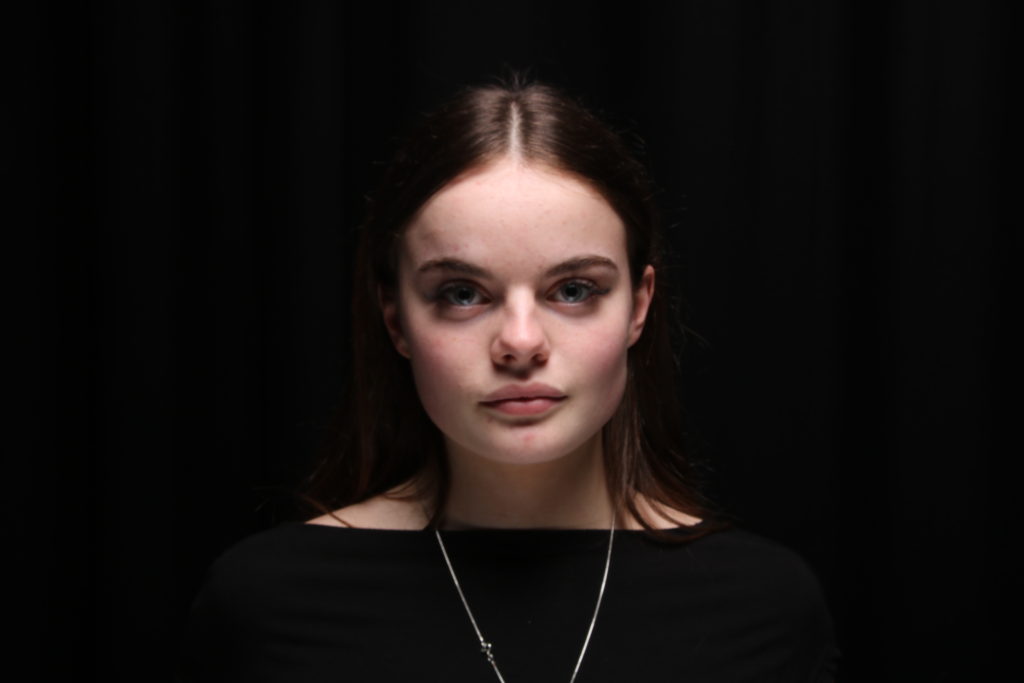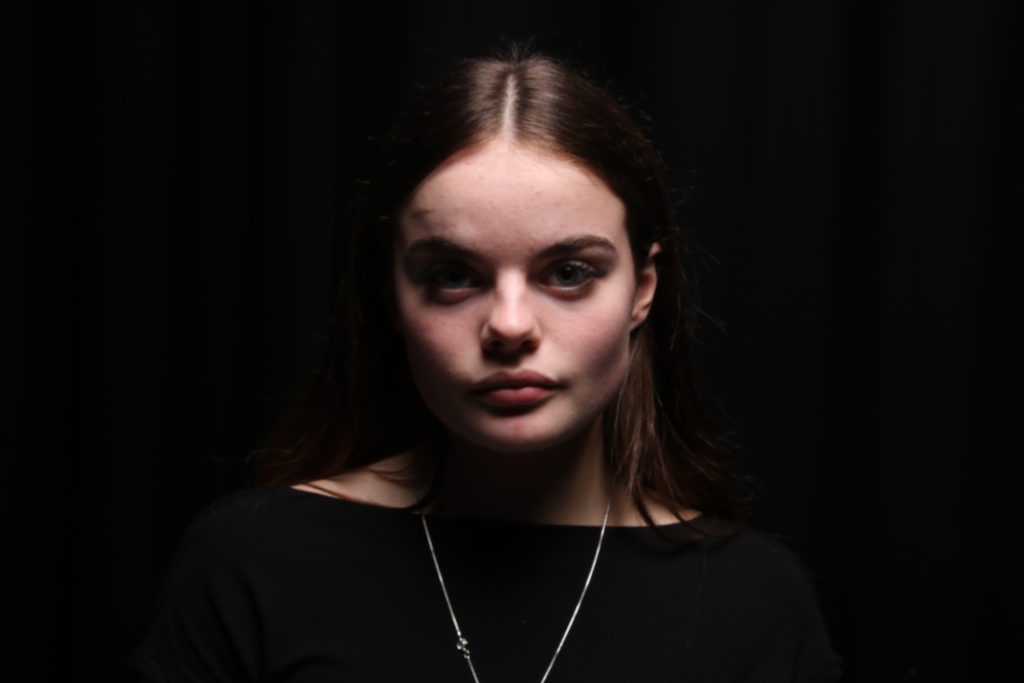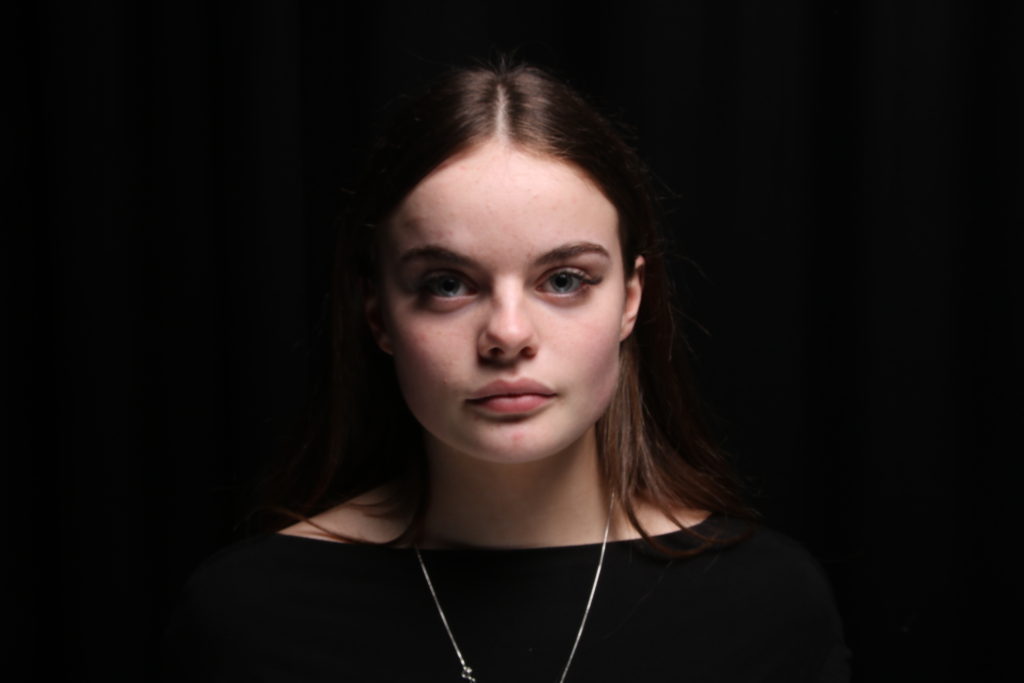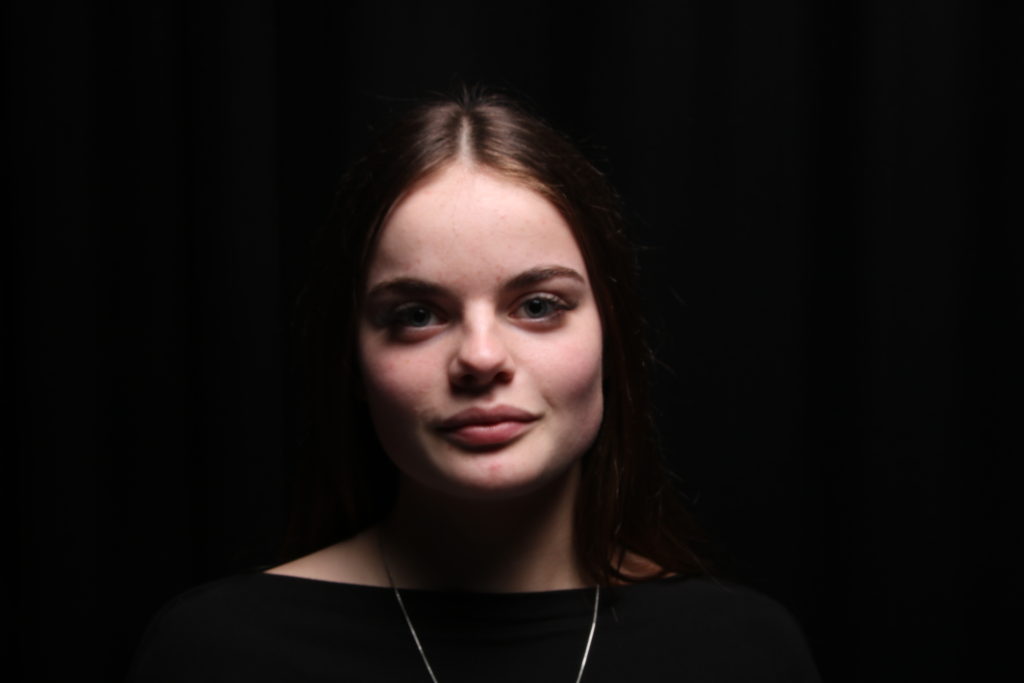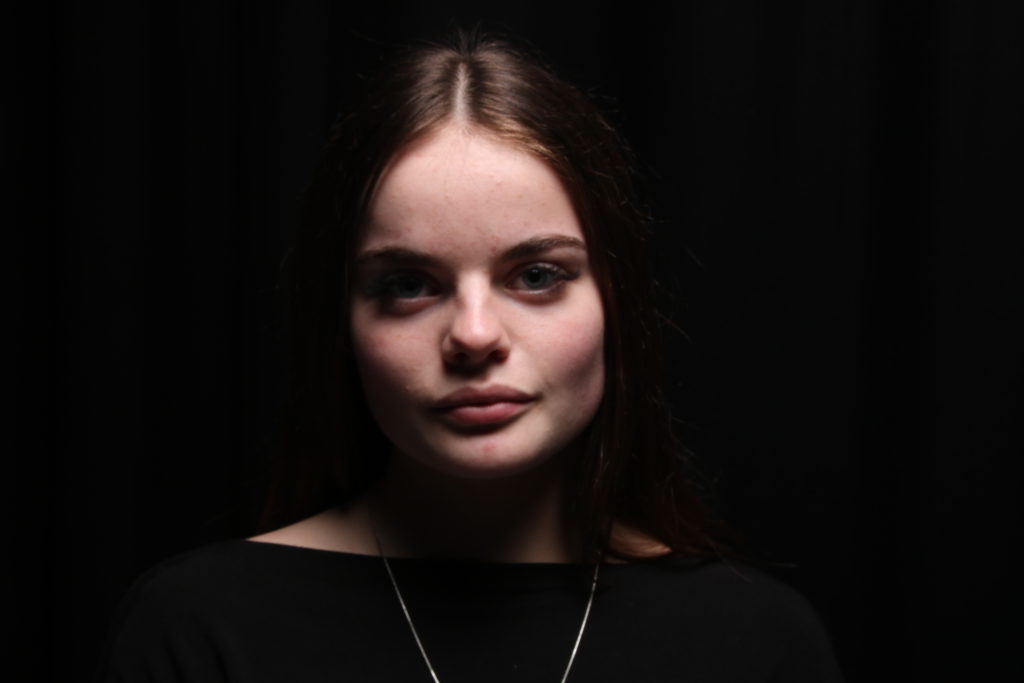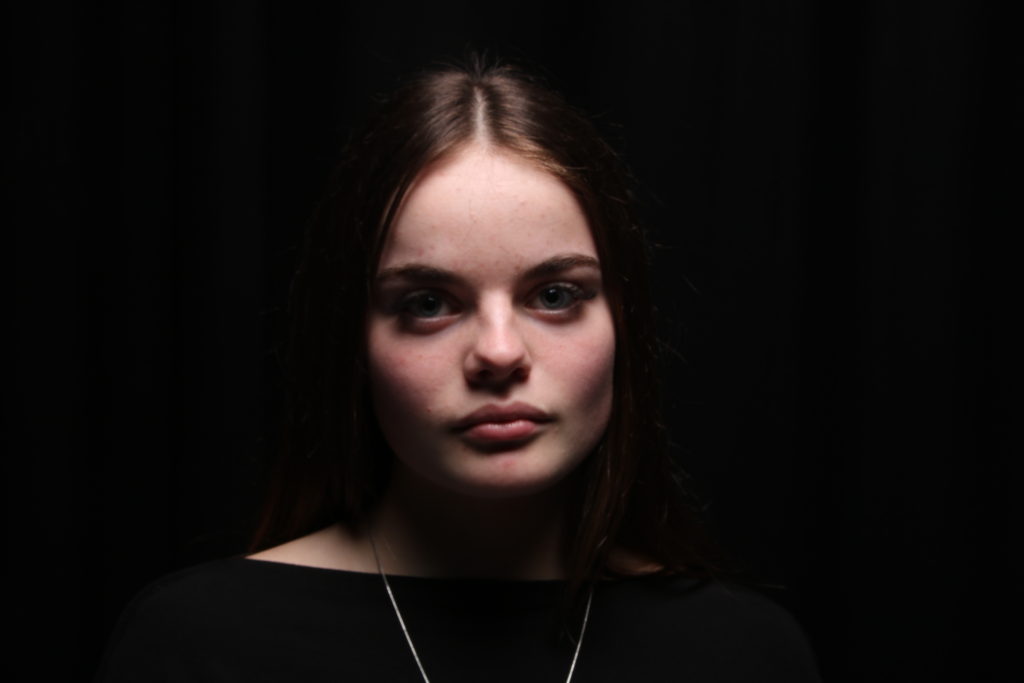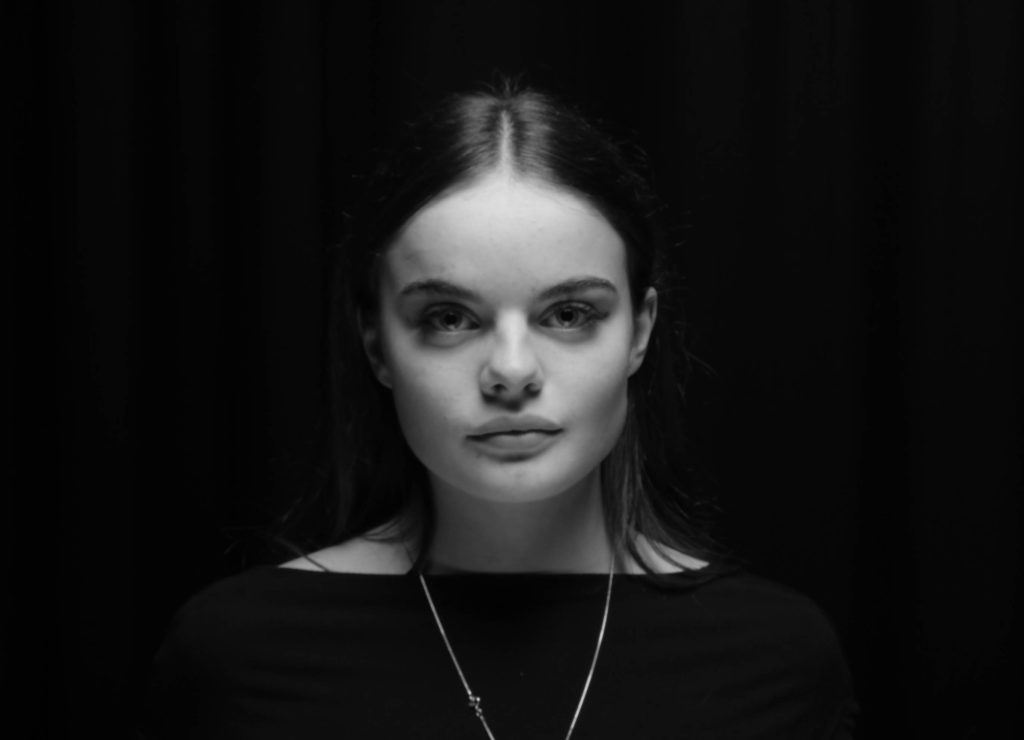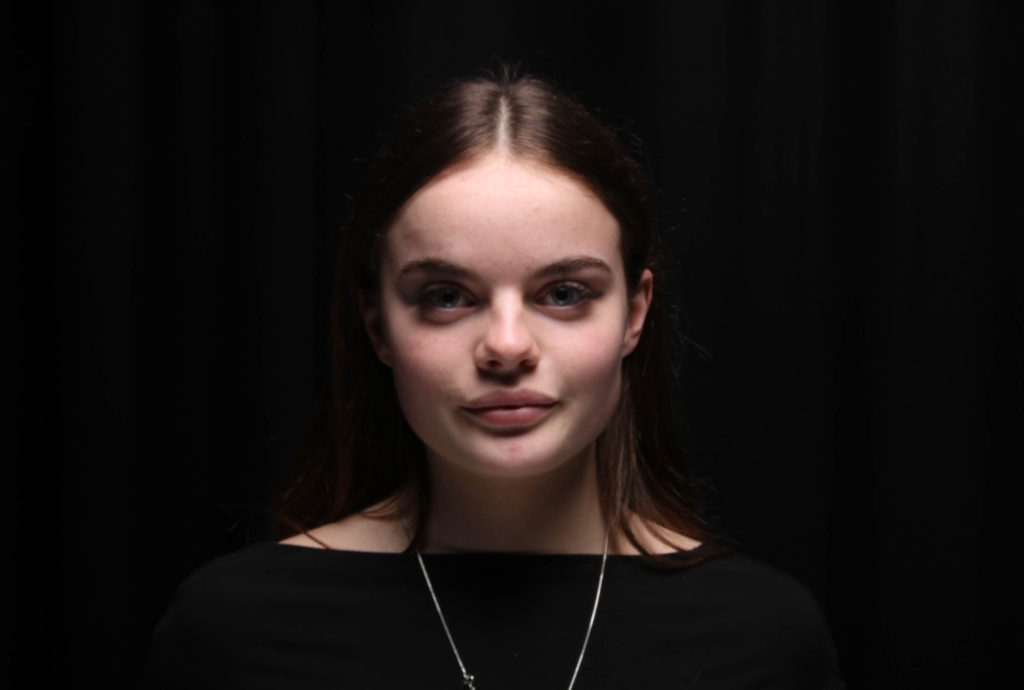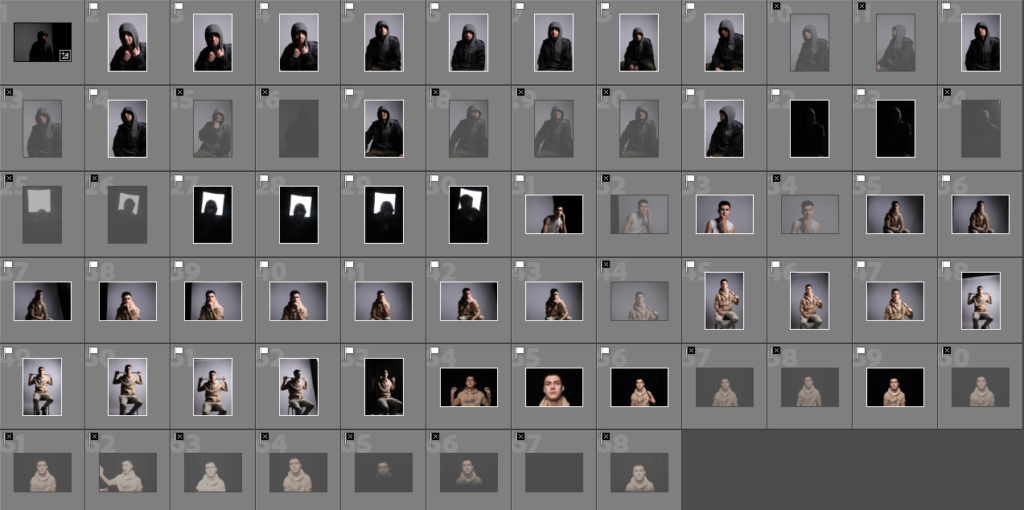
We did a shoot in the studio, experimenting with different lighting and backdrops, and came up with some pretty good portrait compositions.
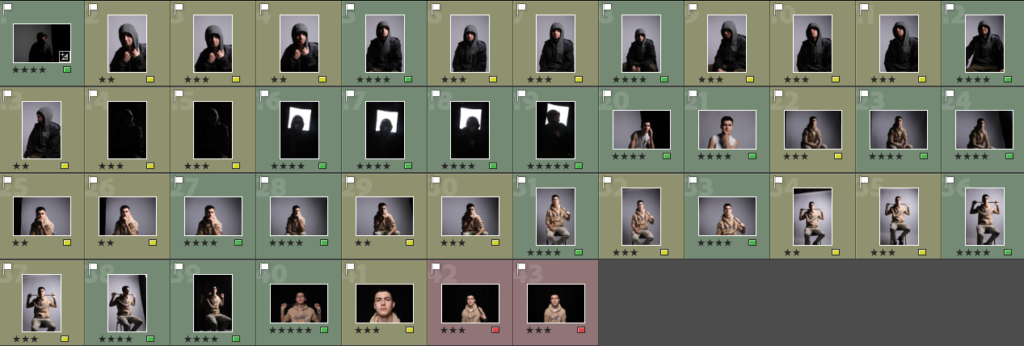
I sorted through each image, giving each one that I decided to keep a star rating and colour rating based on whether or not it would be good as a final composition for editing.
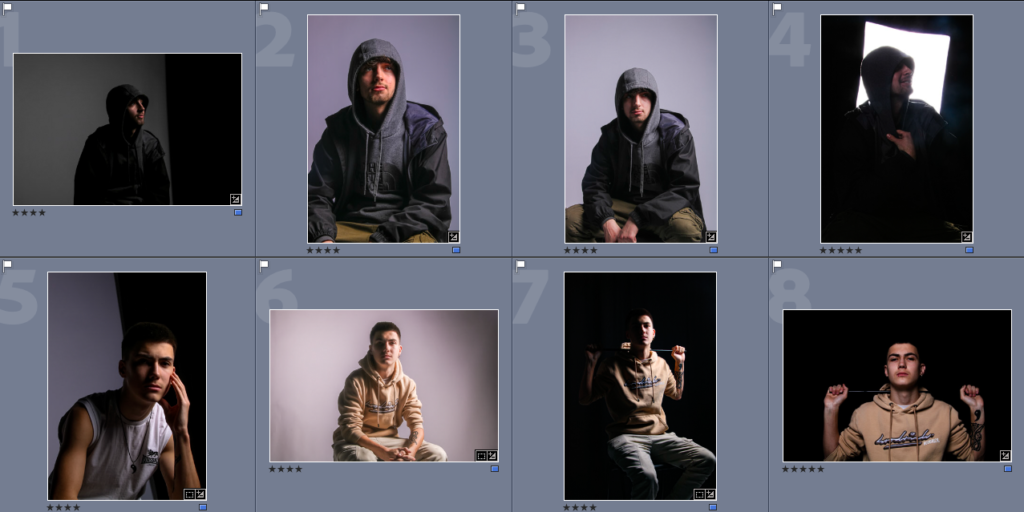
I then edited 8 of the photographs by increasing contrasts and focusing on the shadows in particular.

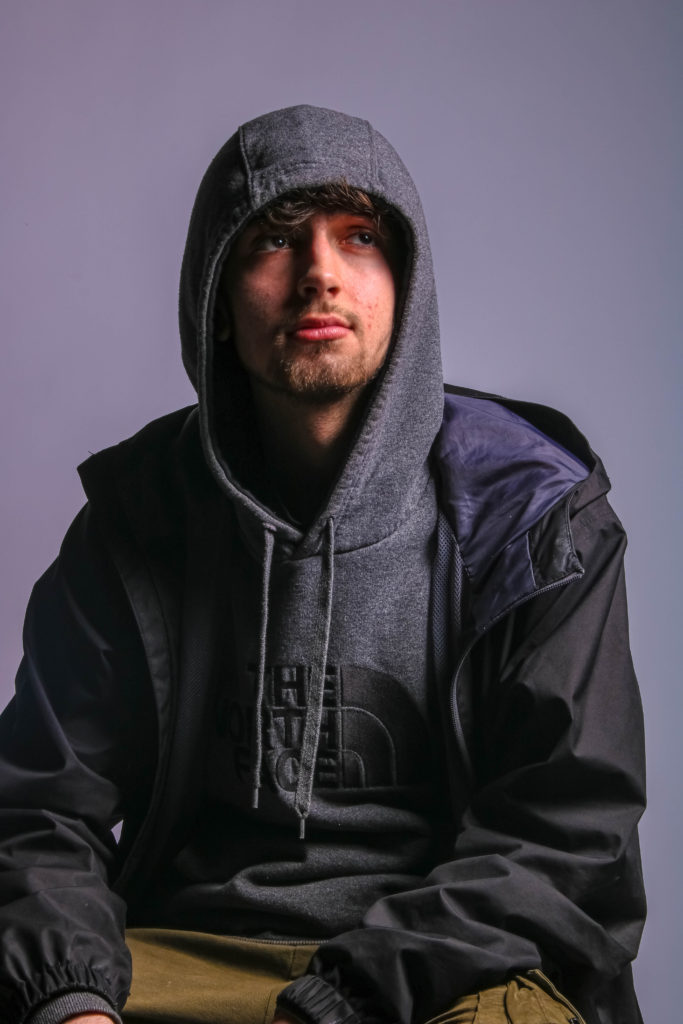

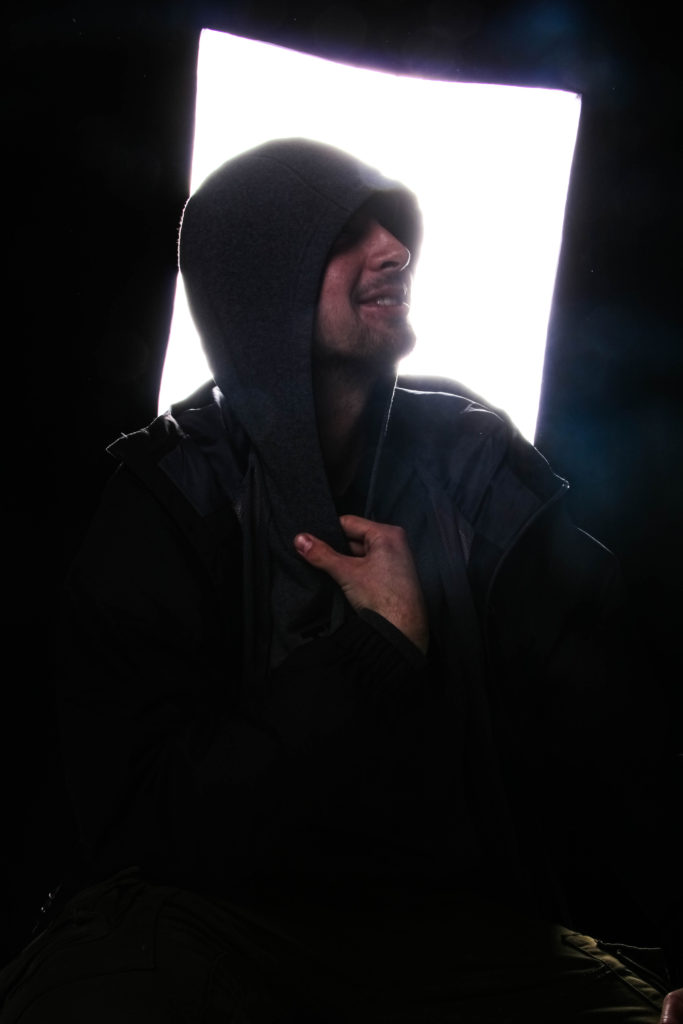
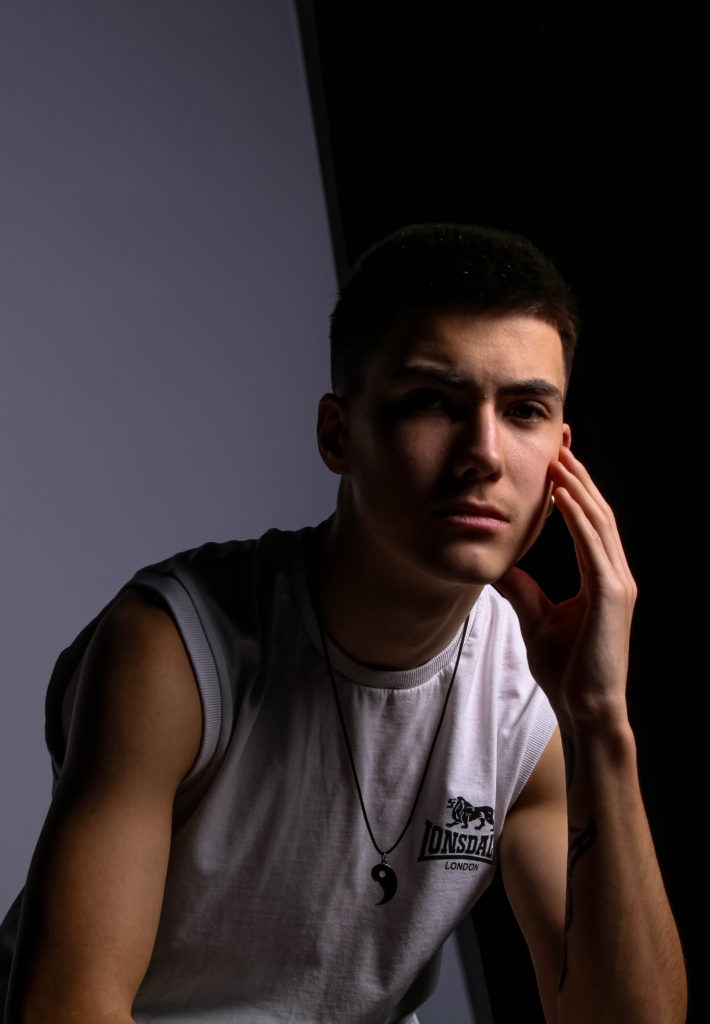
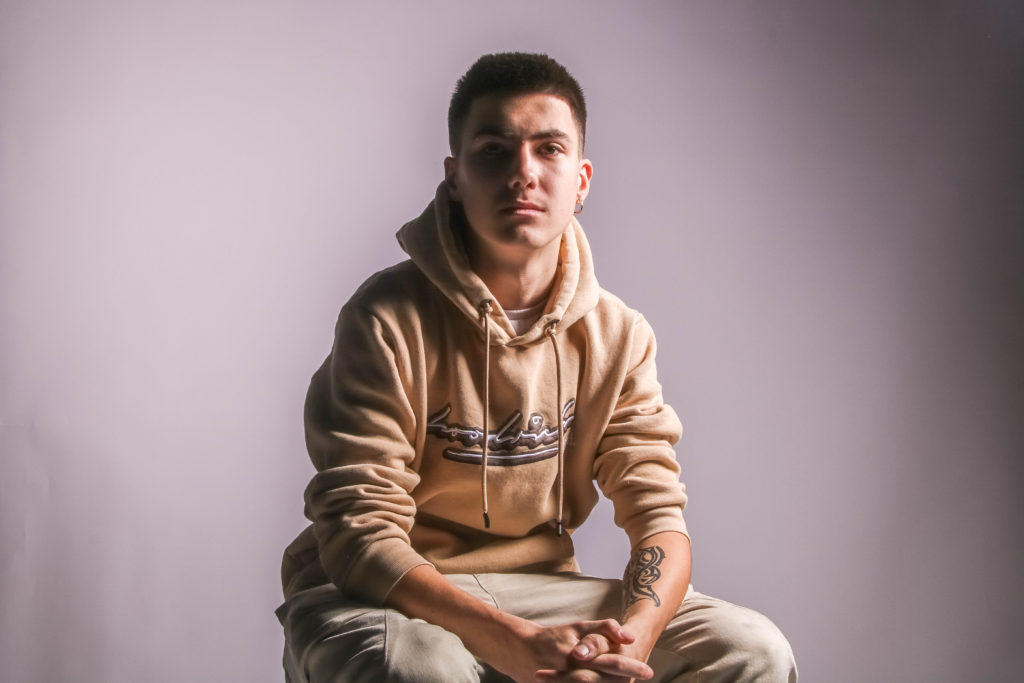

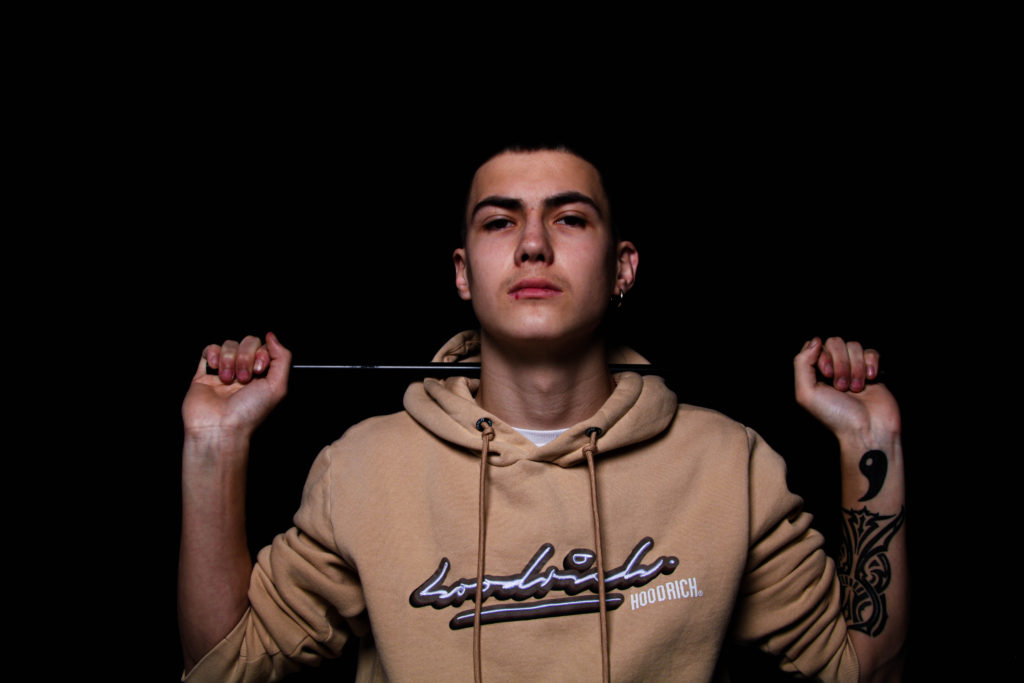
I was left with 8 very strong pieces, that all, in my opinion, look very good. I tried experimenting with different contrasts and lighting, and I think it paid off.

We took this image of Tom with the studio lights on a lower setting to achieve a darker image. I increased the highlights and the exposure slightly to bring out his facial features and kept the surrounding area as dark as I could. I like the way his dark clothing creates a sense of mystery in the image, as not all of him is on display properly.


These two images were taken at the same time, a few seconds apart maybe. I believe the one on the left has been cropped, to focus more on Tom. Again, these two compositions work very well with the levels of contrasts and shadows and evoke the same sense of mystery as the first image.

I would classify this photograph as probably my best from this whole shoot. I love the way small pieces of colour appear throughout the image, like on his leg to the bottom right, or on his hands. I also find it quite interesting how the studio light affects the image, creating a silhouette and creating a foggy effect on the smudged areas on the camera lens. It captures the same essence the last three photos of Tom caught but does it more strangely and uniquely.

This photograph uses Rembrandt and chiaroscuro lighting, creating a dramatic piece that defines different areas of my face and body. I decided to keep this image even though the background has a substantial change from black to white, as I believed it could work well as the line the change followed was almost completely in line with my arm. When I edited this, I was aiming for a more dramatic use of shadows and lighting and was left with something I very much liked.

With this photo, I wanted to create a lighter tone when it came to the actual final composition in the editing stage. I use the de-haze tool on the image to lighten my skin tone and to bring out the more neutral hues. I like the way it works with the shadows, creating instances of both soft and harder light.

In this photograph, I wanted to create a sort of intimidating presence, making use of the pipe I was holding as a prop and a mixture of my hoodie and tattoos, I felt that it fit the typical conventions of someone quite thuggish and wanted to bring that out in this piece. I increased the levels of contrast and strengthened the darker tones, which I feel improved the final look of it.

I wanted to do a similar thing with this photo too, which worked well as my busted lip is considerably visible, and combined with the other elements previously mentioned, I think I managed to achieve this effect pretty well.

